K.J. Britt, the Tampa Bay Buccaneers' fifth-round pick in last weekend's 2021 NFL Draft, should have a pretty easy time fitting into the locker room with his new team. Britt played linebacker at Auburn and just three years ago he was teammates with current Buccaneers cornerback Jamel Dean. Four years ago, in 2017, he was on the same defense as both Dean and another current Tampa Bay cornerback, Carlton Davis III. Britt will have a welcoming crew at the AdventHealth Training Center.
Similarly, first-round pick Joe Tryon-Shoyinka will find two fellow Washington Huskies in the Bucs' locker room. He was a redshirt freshman during Vea's last year at UW, 2017, but he did play alongside defensive lineman Benning Potoa'e in 2018 and 2019. Wideout Jaydon Mickens is also a Washington alum but was gone before those three arrived.
The Buccaneers' other five 2021 draftees won't have any such reunions in Tampa. Third-round guard Robert Hainsey will find a fellow Notre Dame product in running back C.J. Prosise, but the two didn't overlap in South Bend. There are no other players on the Bucs' current roster from the alma maters of second-round quarterback Kyle Trask (Florida), fourth-round wide receiver Jaelon Darden (North Texas), seventh-round cornerback Chris Wilcox (BYU) or seventh-round linebacker Grant Stuard (Houston)
But what about the spiritual brotherhood of players drafted by the Buccaneers from their schools throughout franchise history? None of these seven players was the first one ever drafted by Tampa Bay from their colleges, but Wilcox got awfully close. And which of these seven schools and their all-time Buccaneers draft classes stands out above the rest? Let's take a look.
Washington: Tryon is actually the third Washington player the Bucs have picked in the third round, joining Vea and 1985 defensive end Ron Holmes. Vea is off to a great start but Holmes was a bit underwhelming in the very unenviable task of trying to fill Lee Roy Selmon's shoes. The first Husky to be drafted by Tampa Bay was guard Rick Mallory, and given that he was a ninth-round pick who managed to start 37 games, that was an excellent value pick.
From 1994 until now, the Bucs have been slowly moving up the draft board on Washington players, taken tackle Pete Pierson in the fifth round in '94; linebacker Maquis Cooper and linebacker Mason Foster in the third rounds in 2004 and 2011 respectively; tight end Austin Seferian-Jenkins in the second round 2014. Pierson played in 100 games for the Bucs, so that's a win, and Foster was a four-year starter but Seferian-Jenkins didn't work out. Cooper didn't play much over two seasons and was later killed in a tragic boating accident.
Florida: The Bucs hit Florida on draft weekend with regularity in the mid-'90s to early-aughts, but not so much in recent years. Before Trask, the Bucs did use a first-round pick on cornerback Vernon Hargreaves in 2016, which produced underwhelming results. The only other Gator drafted by Tampa Bay over the last decade was fifth-round safety Ahmad Black in 2011, and he didn't stick around very long.
The big run on Gators started with running back Errict Rhett in the second round in 1994, followed by tackle Jason Odom (1996, fourth round), wide receiver Reidel Anthony (1997, first round), wide receiver Jacquez Green (1998, second round) and tackle Kenyatta Walker (2001 first round). No true stars came out of that group but Rhett had a couple 1,000-yard seasons and Walker started at right tackle on the Super Bowl team. Odom made 41 starts but was derailed by a back injury while Anthony and Green had some decent seasons but never hit 800 yards in a single campaign.
The Rhett pick broke a 13-year UF drought since the selection of linebacker Scot Brantley in the third round in 1980. Brantley became a long-term starter and early fan favorite in franchise history. Running back Jimmy DuBose was the first second-round pick in team annals, in 1976, and would go on to rush for 704 yards in three seasons. Running back Robert Morgan, taken in the 10th round the next year, didn't make the team or play in the NFL.
View pictures of Washington OLB Joe Tryon, who Tampa Bay selected in the first round of the 2021 NFL Draft.
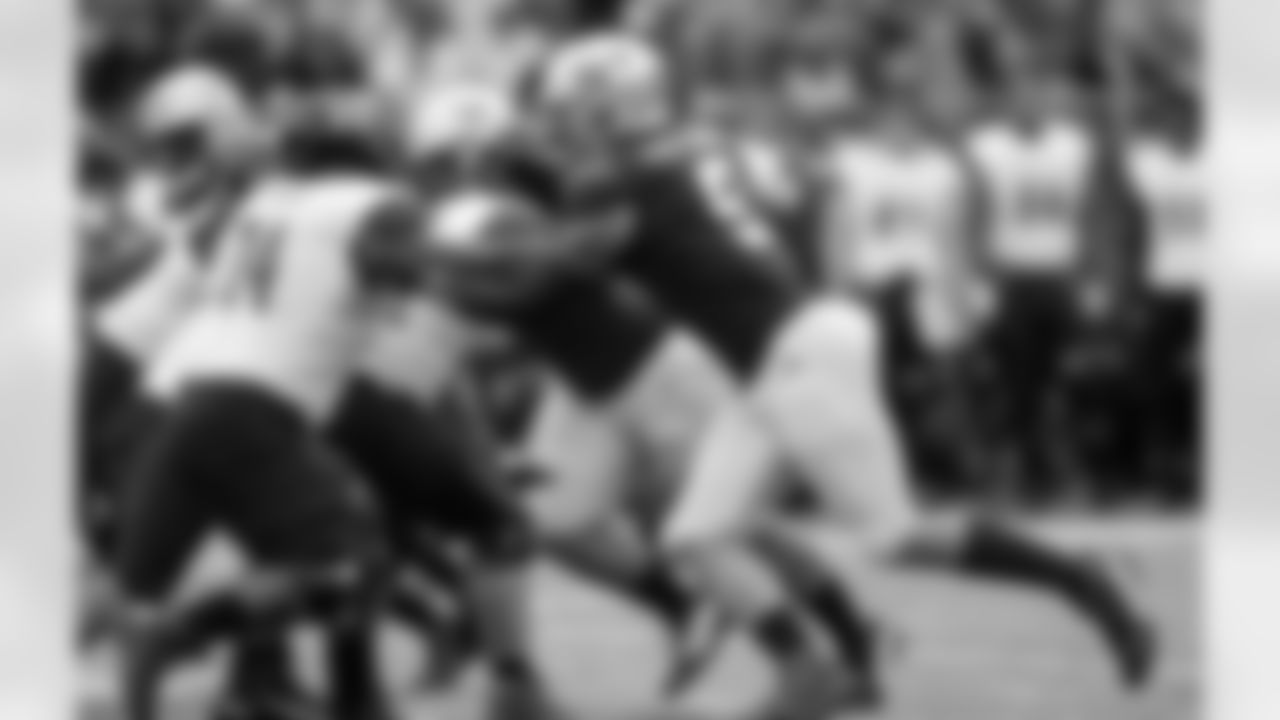
The University of Washington football team plays Hawaii on September 13, 2019. (Photography by Scott Eklund/Red Box Pictures)
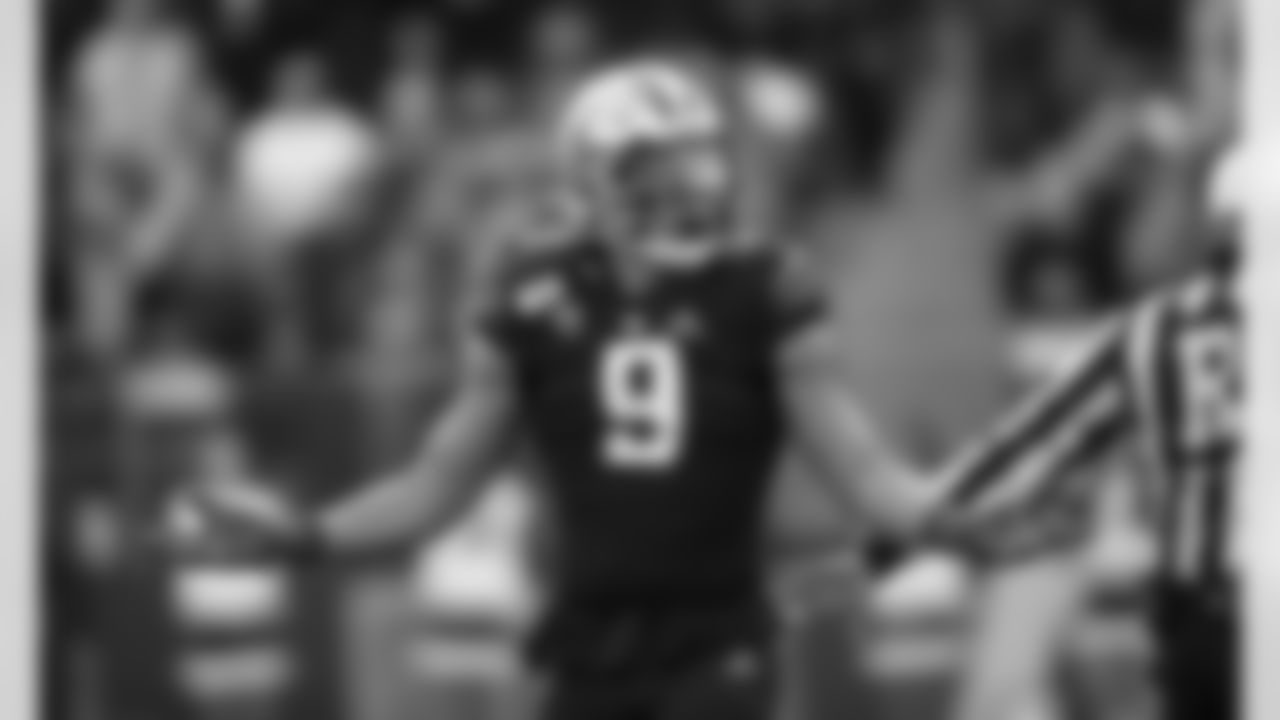
Washington linebacker Joe Tryon gestures during the first half of an NCAA college football game against Utah, on Saturday, Nov. 2, 2019 in Seattle. Utah won 33-28. (AP Photo/Stephen Brashear)
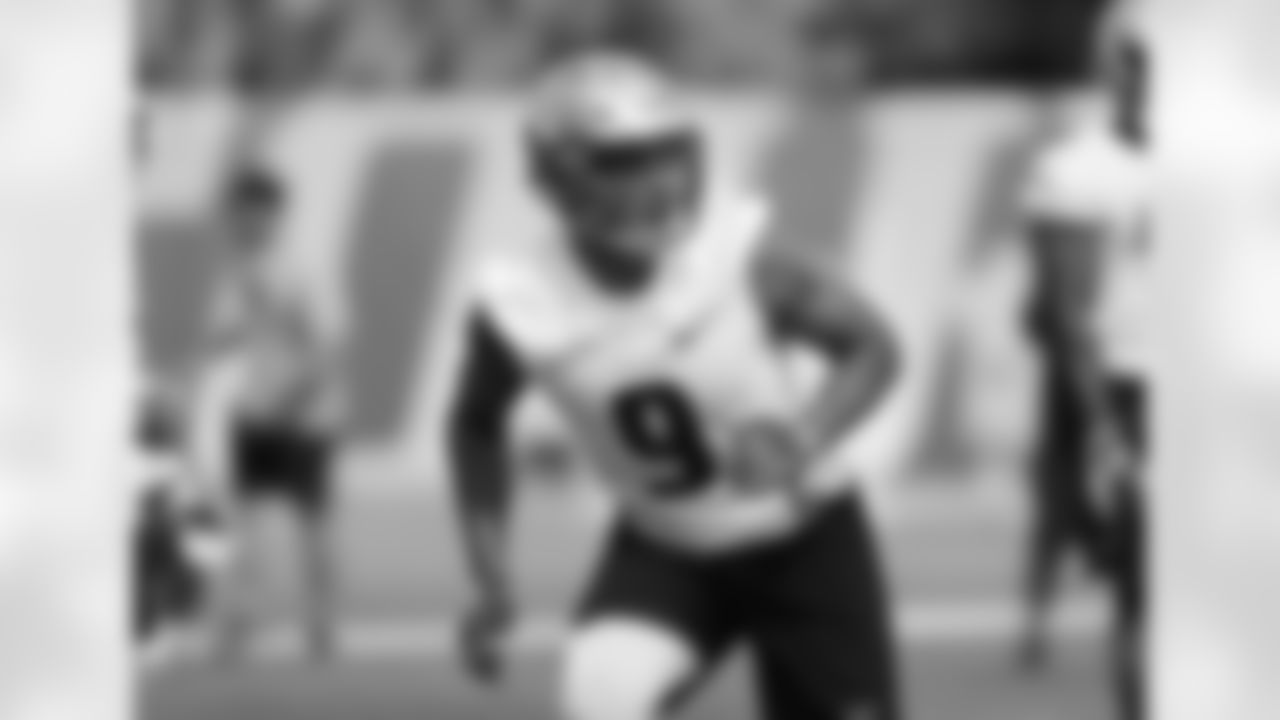
Washington's Joe Tryon runs through a drill during a team football practice Friday, Aug. 3, 2018, in Seattle. (AP Photo/Elaine Thompson)
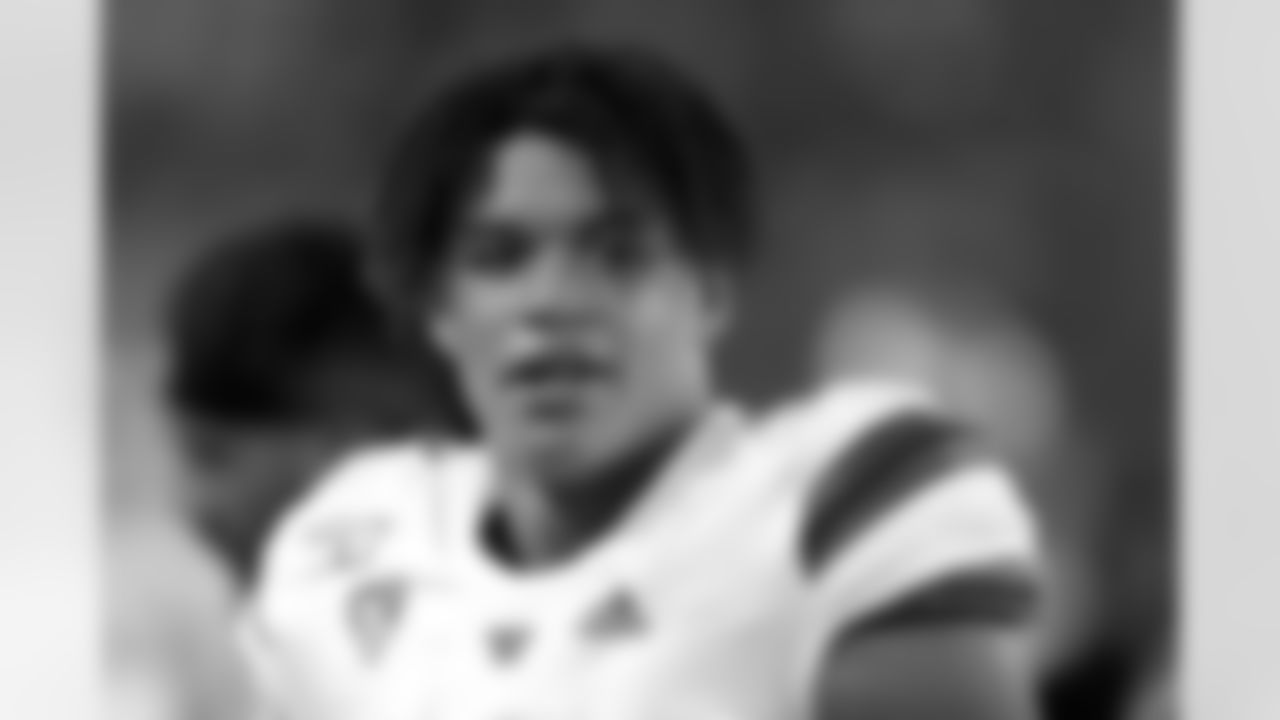
Washington linebacker Joe Tryon (9) in the first half during an NCAA college football game against Arizona, Saturday, Oct. 12, 2019, in Tucson, Ariz. (AP Photo/Rick Scuteri)
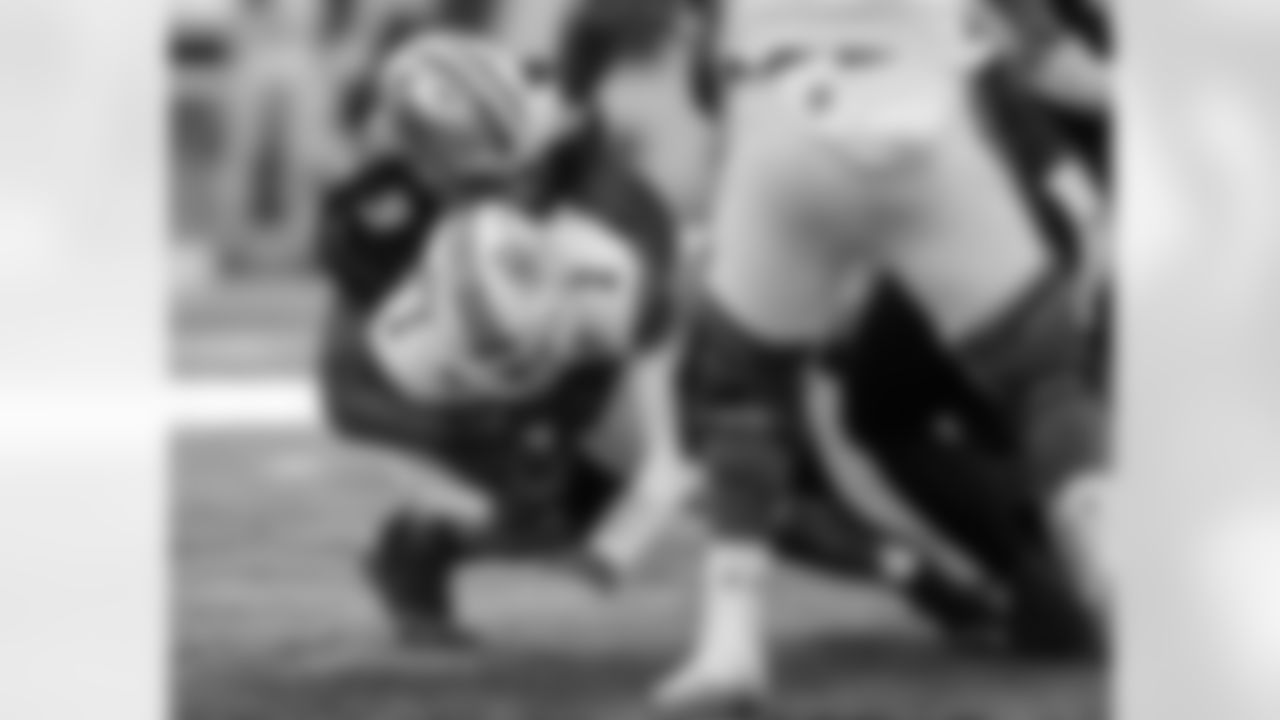
Washington linebacker Joe Tryon (9) sacks Utah quarterback Tyler Huntley (1) during the first half of an NCAA college football game, Saturday, Nov. 2, 2019, in Seattle. (AP Photo/Stephen Brashear)
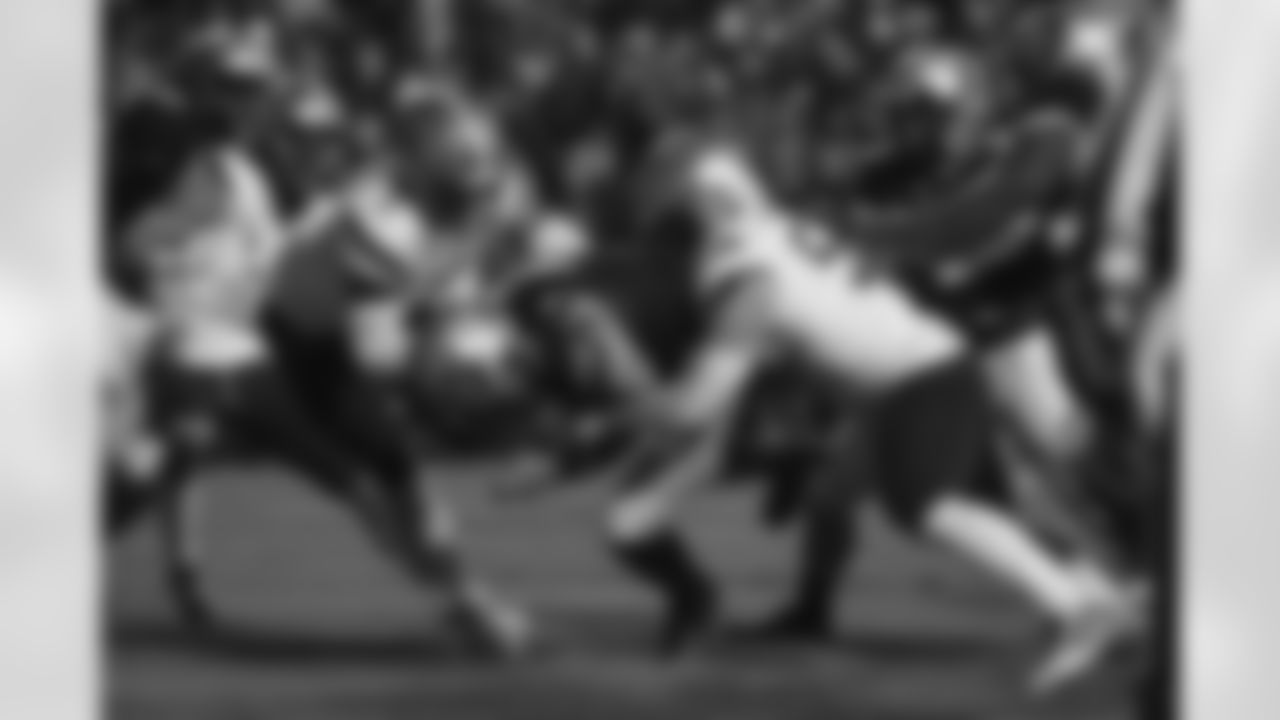
Colorado quarterback Steven Montez (12) is sacked by Washington linebacker Joe Tryon (9) and Washington linebacker Ryan Bowman (55) in the second half of an NCAA college football game Saturday, Nov. 23, 2019, in Boulder, Colo. Colorado won 20-14. (AP Photo/David Zalubowski)
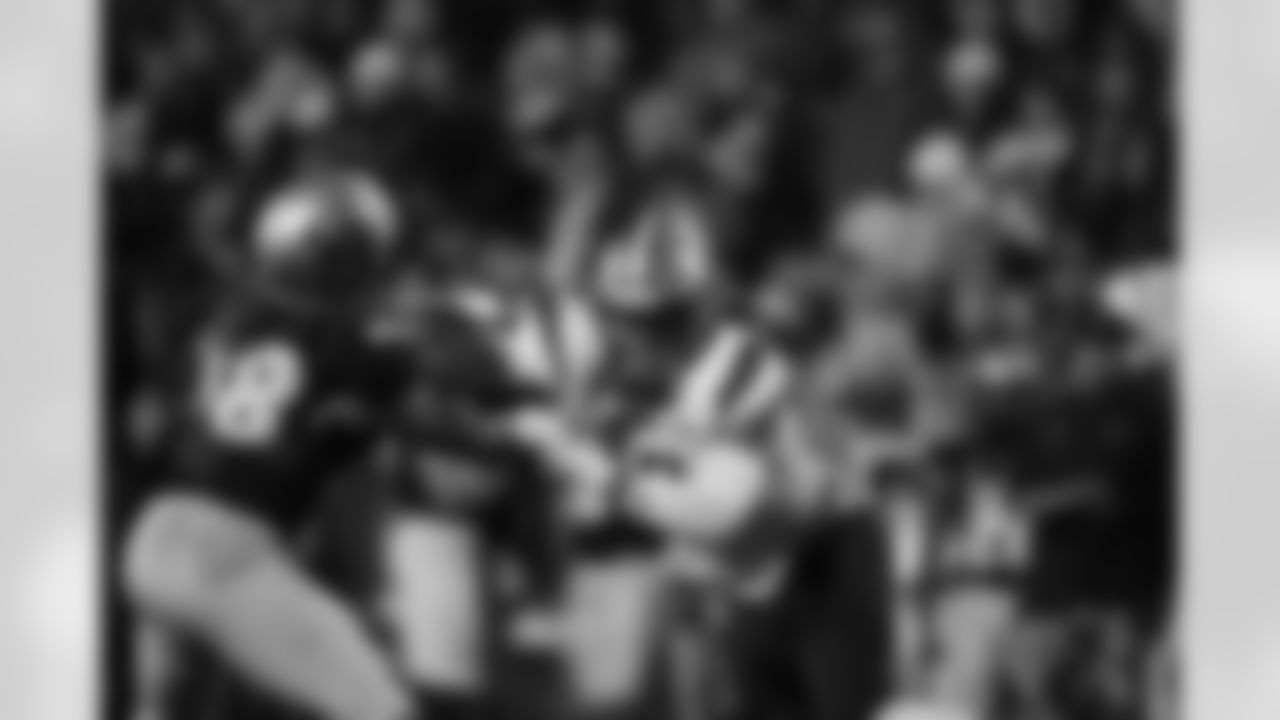
Colorado tight end Brady Russell (38) and Washington linebacker Joe Tryon (9) in the second half of an NCAA college football game Saturday, Nov. 23, 2019, in Boulder, Colo. Colorado won 20-14. (AP Photo/David Zalubowski)
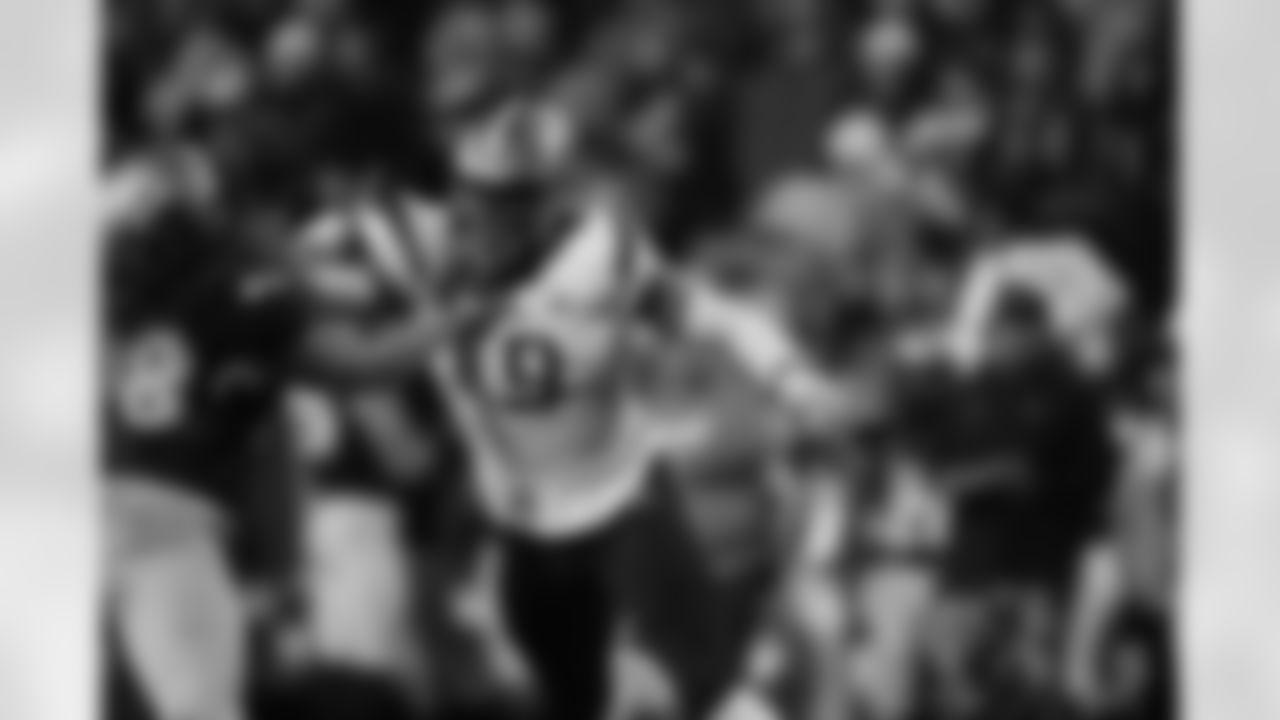
Colorado tight end Brady Russell (38) and Washington linebacker Joe Tryon (9) in the second half of an NCAA college football game Saturday, Nov. 23, 2019, in Boulder, Colo. Colorado won 20-14. (AP Photo/David Zalubowski)
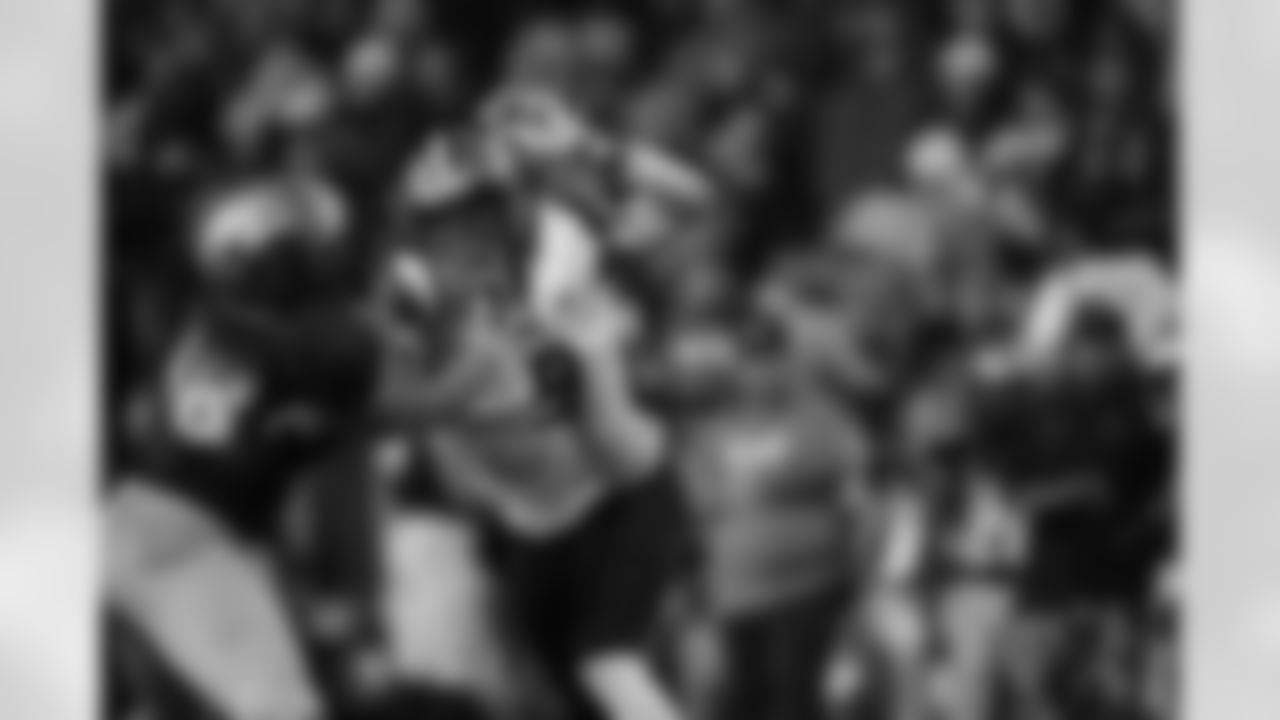
Colorado tight end Brady Russell (38) and Washington linebacker Joe Tryon (9) in the second half of an NCAA college football game Saturday, Nov. 23, 2019, in Boulder, Colo. Colorado won 20-14. (AP Photo/David Zalubowski)
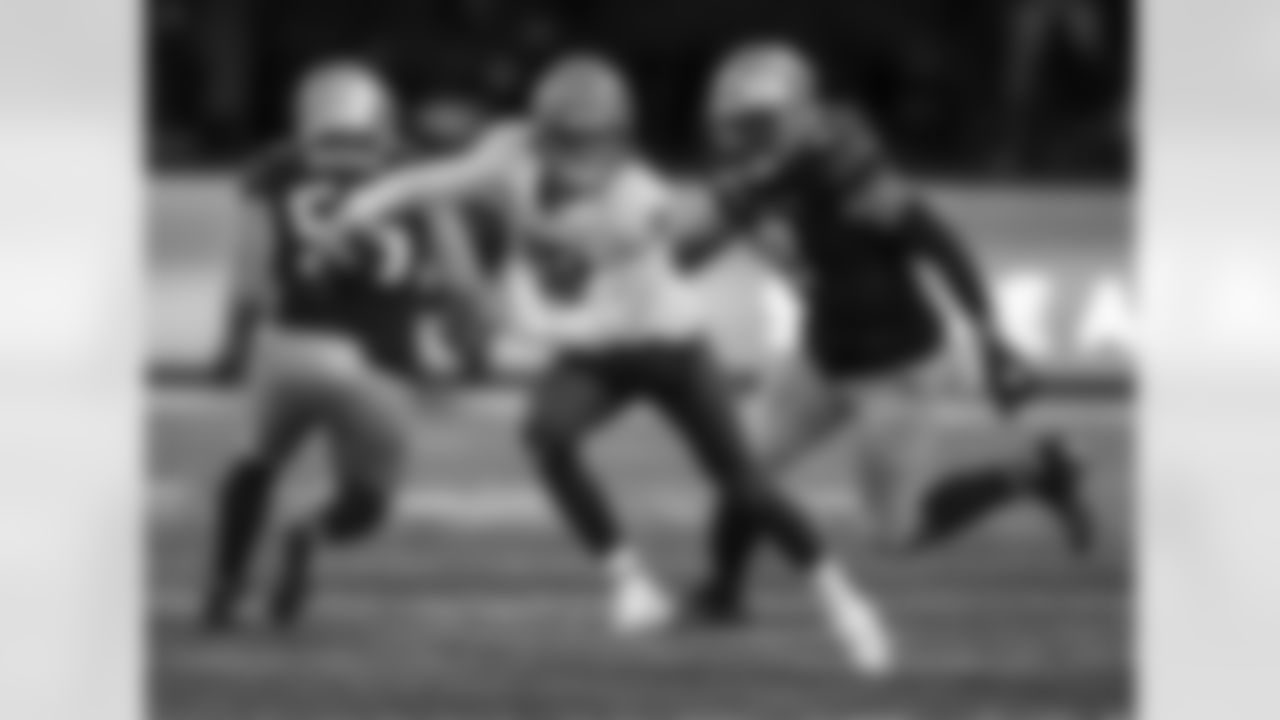
Washington State quarterback Anthony Gordon scrambles out of the pocket as he is chased by Washington linebacker Joe Tryon during the second half of an NCAA college football game, on Friday, Nov. 29, 2019 in Seattle. Washington won 31-13. (AP Photo/Stephen Brashear)
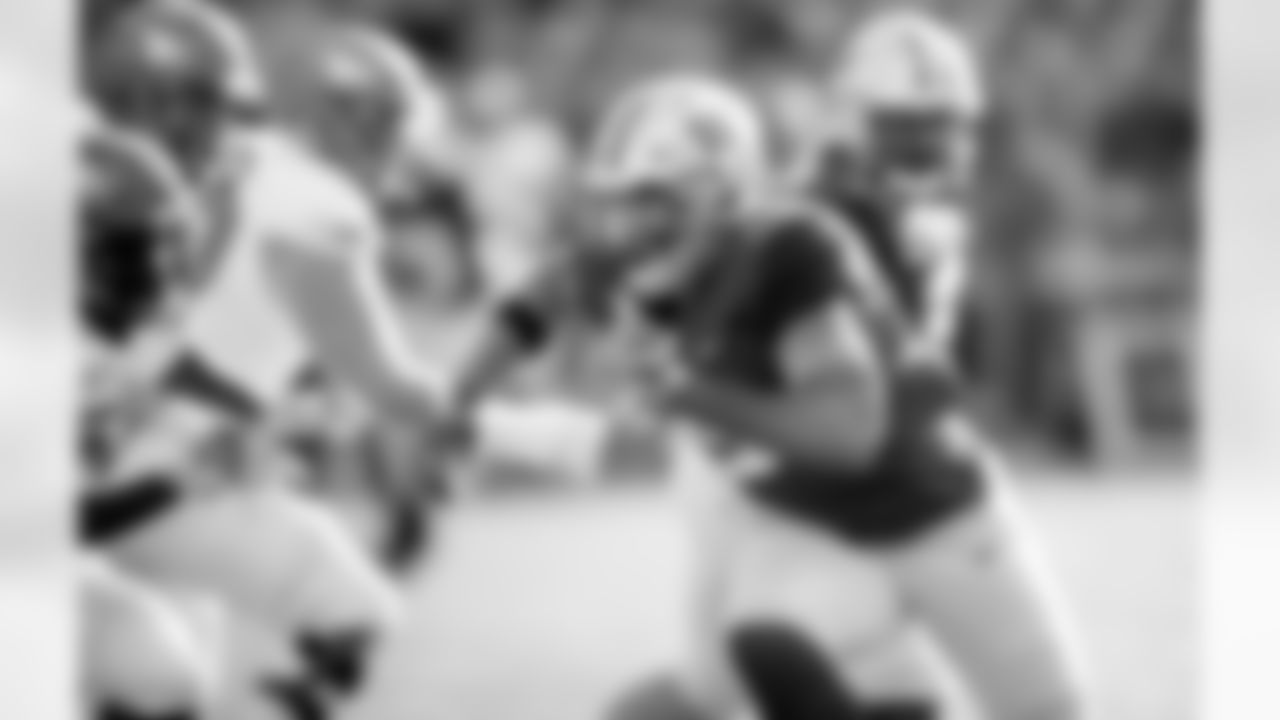
The University of Washington football team plays North Dakota on September 8, 2018. (Photography by Scott Eklund/Red Box Pictures)
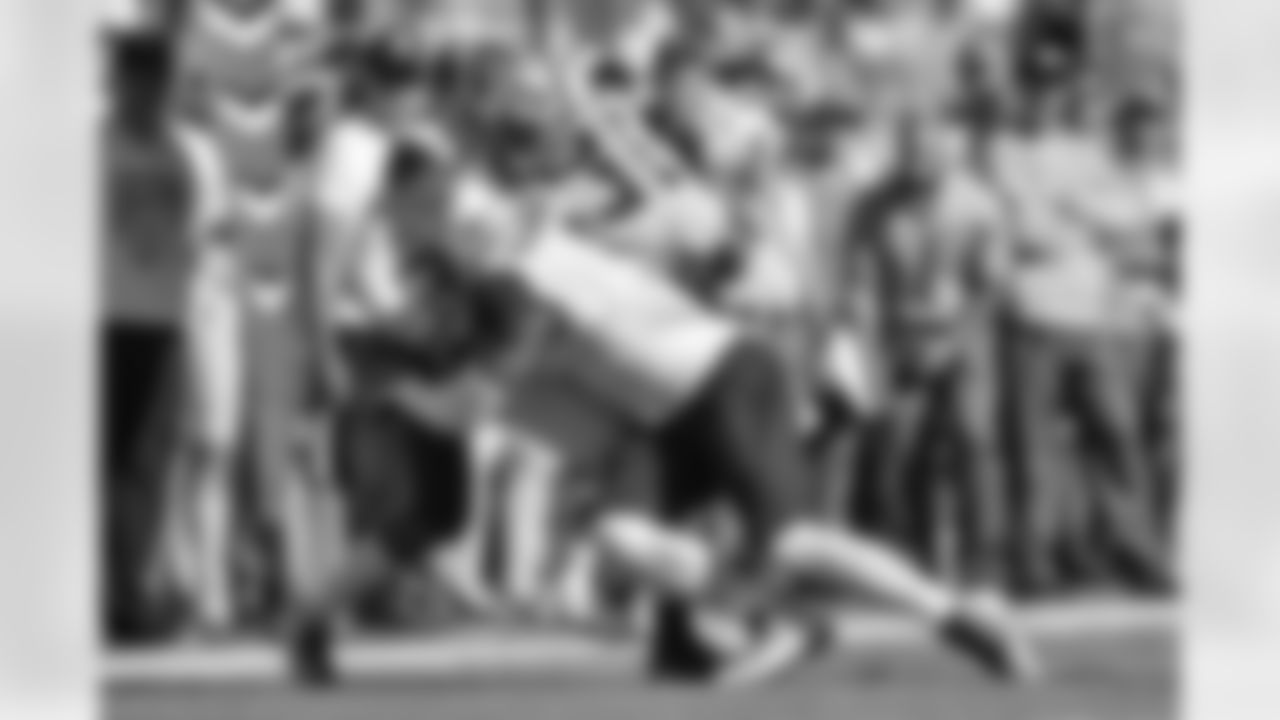
EUGENE, OREGON -- FBS: University of Washington Huskies vs. University of Oregon Ducks.
Oregon Ducks top rival Washington Huskies 30-27, in an instant college football classic.
Photo: Alika Jenner
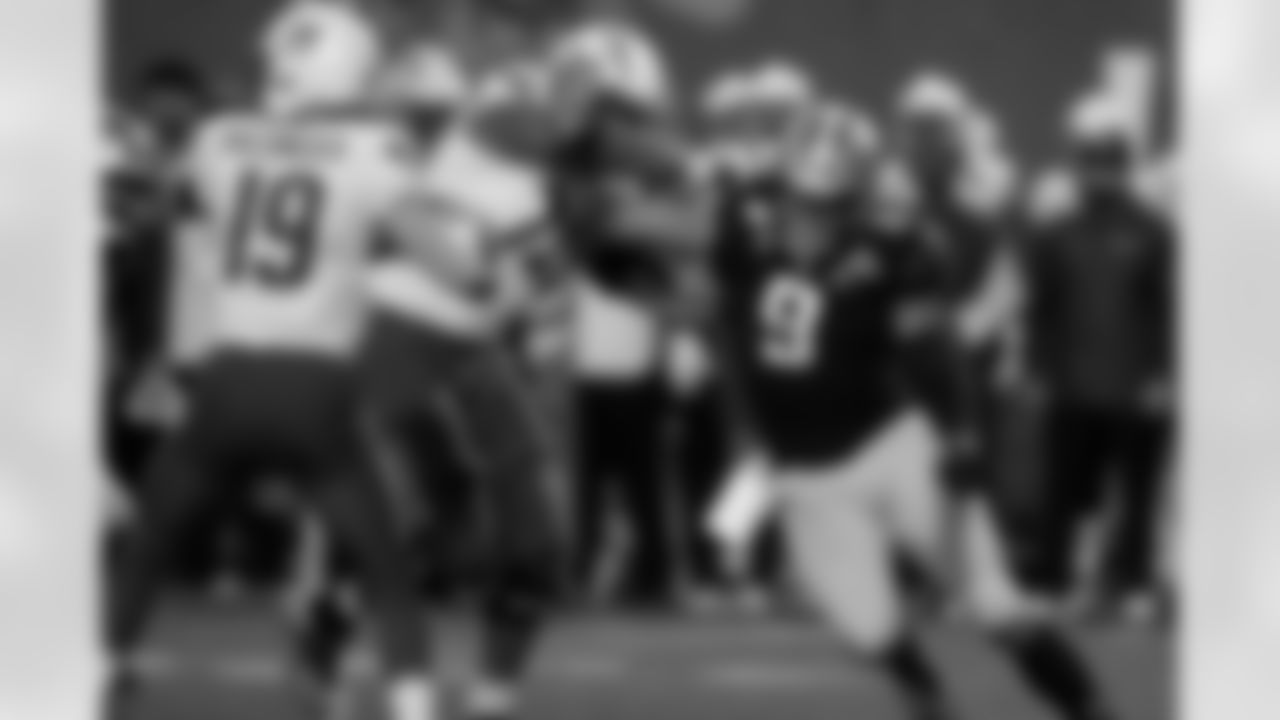
The University of Washington football team plays Boise State University in the Las Vegas Bowl on December 21, 2019. (Photography by Scott Eklund/Red Box Pictures)
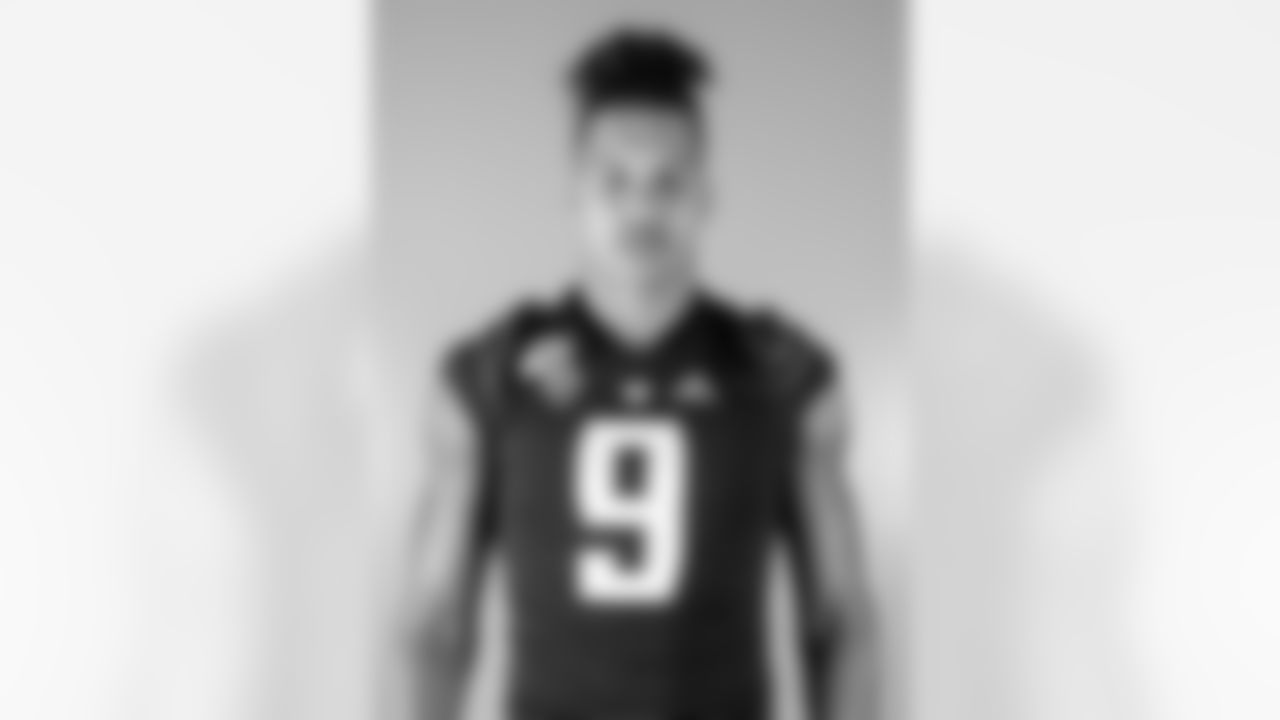
University of Washington Athletics Department
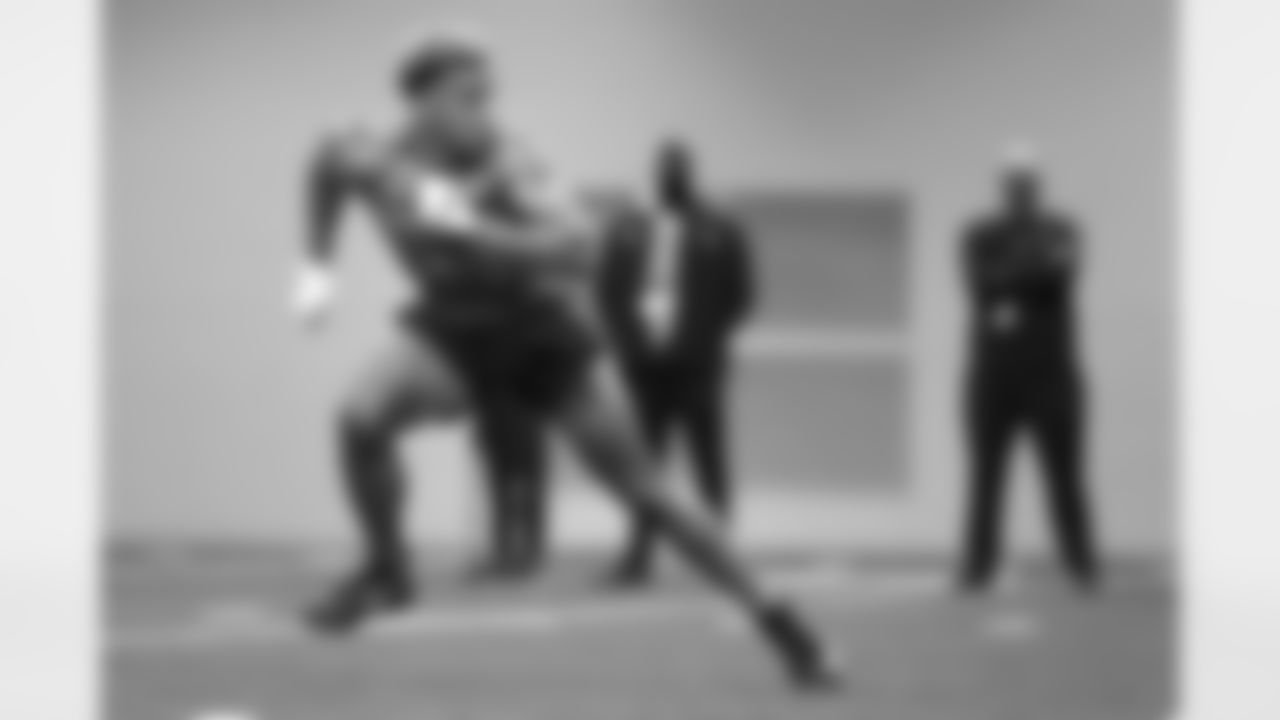
Joe Tryon, an edge linebacker, runs a drill, Tuesday, March 30, 2021, during Washington's pro day football workout for NFL scouts in Seattle. (AP Photo/Ted S. Warren)
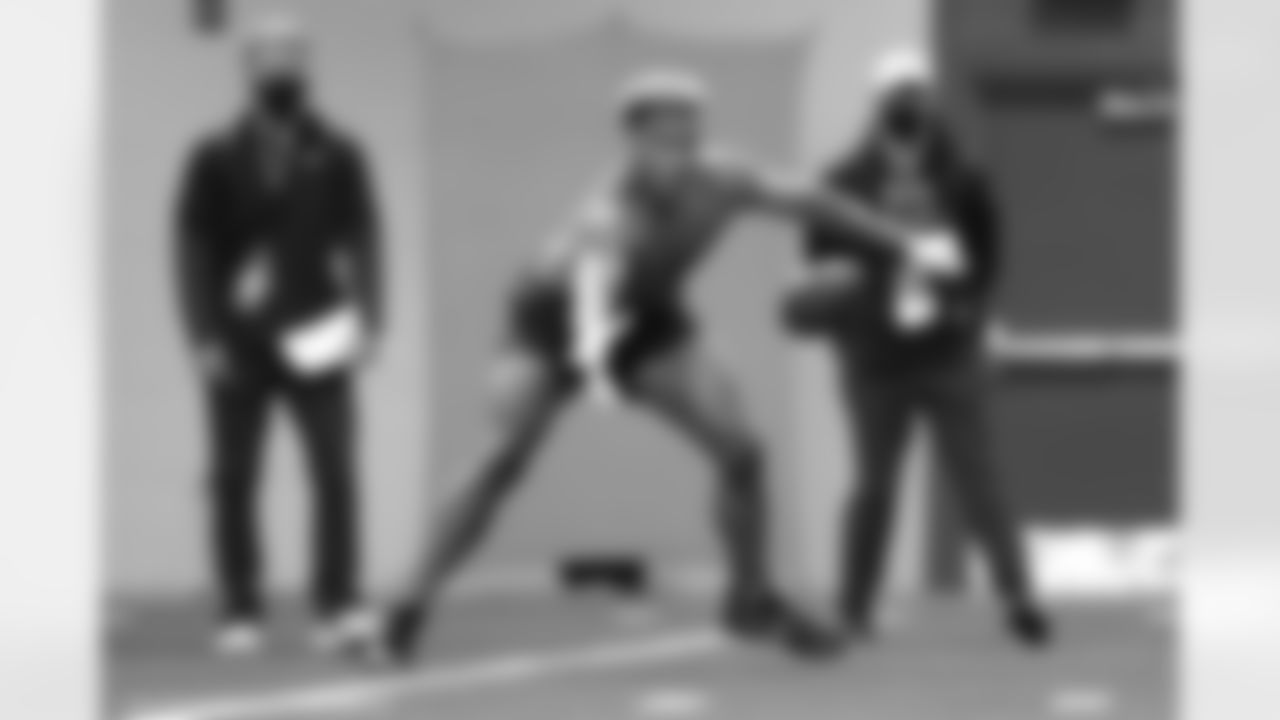
Joe Tryon, an edge linebacker, reaches for the ball during a drill, Tuesday, March 30, 2021, during Washington's pro day football workout for NFL scouts in Seattle. (AP Photo/Ted S. Warren)
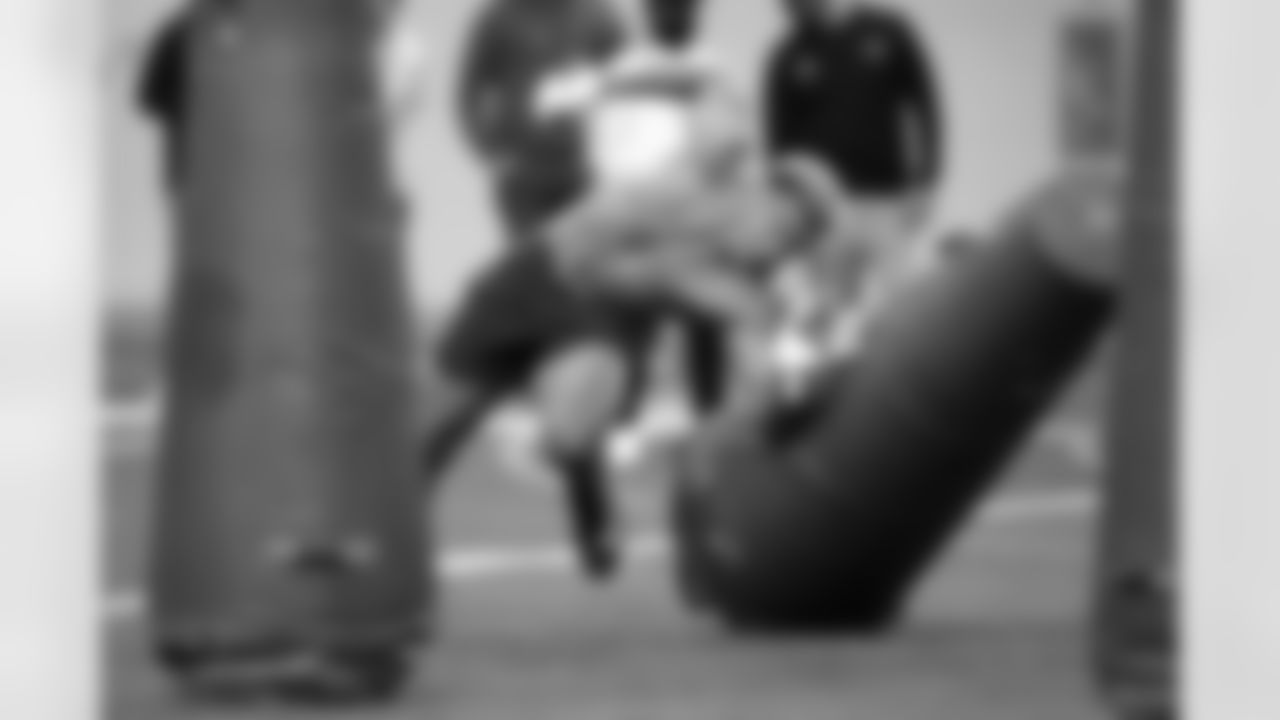
(AP Photo/Ted S. Warren)
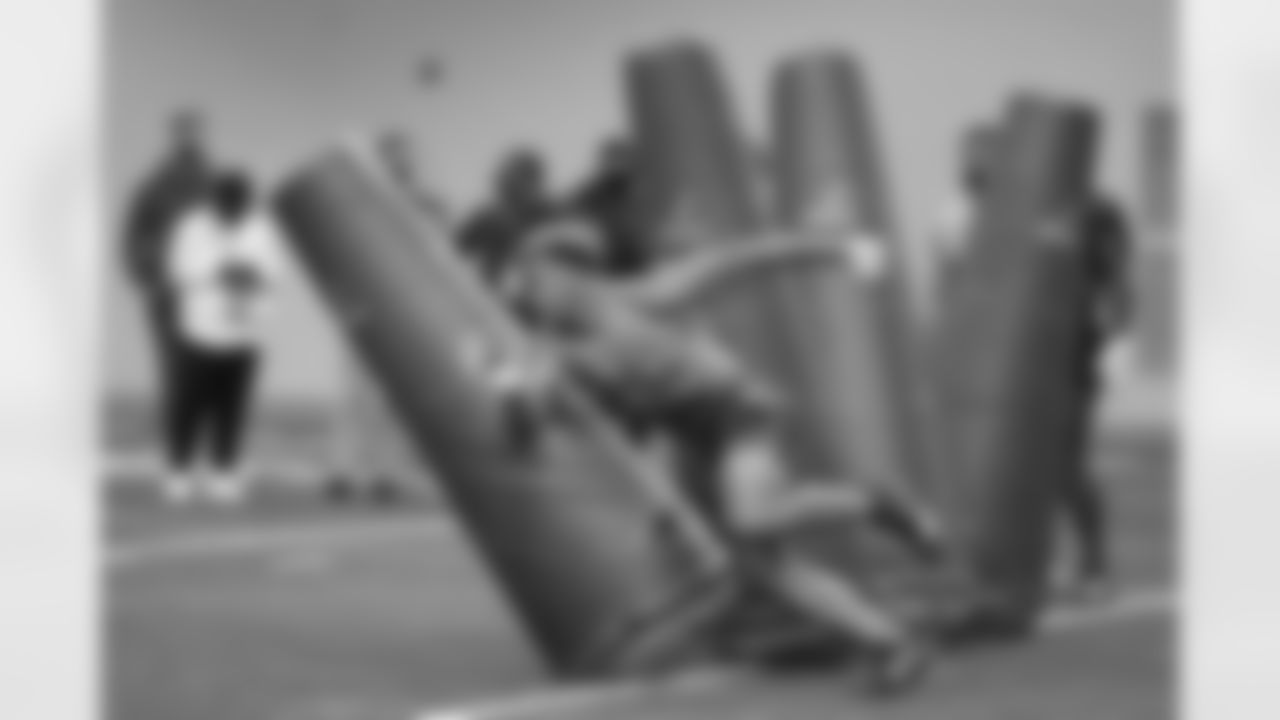
Joe Tryon, an edge linebacker, runs a drill, Tuesday, March 30, 2021, during Washington's pro day football workout for NFL scouts in Seattle. (AP Photo/Ted S. Warren)
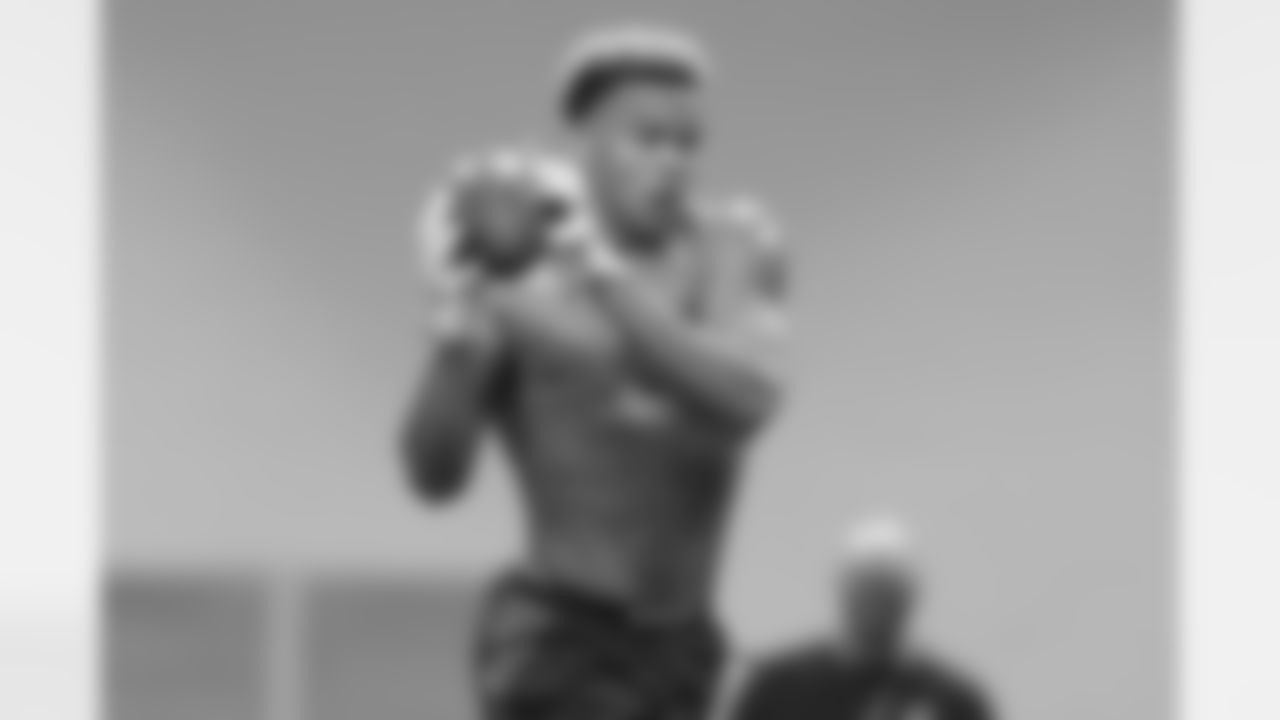
Joe Tryon, an edge linebacker, makes a catch during a drill, Tuesday, March 30, 2021, during Washington's pro day football workout for NFL scouts in Seattle. (AP Photo/Ted S. Warren)
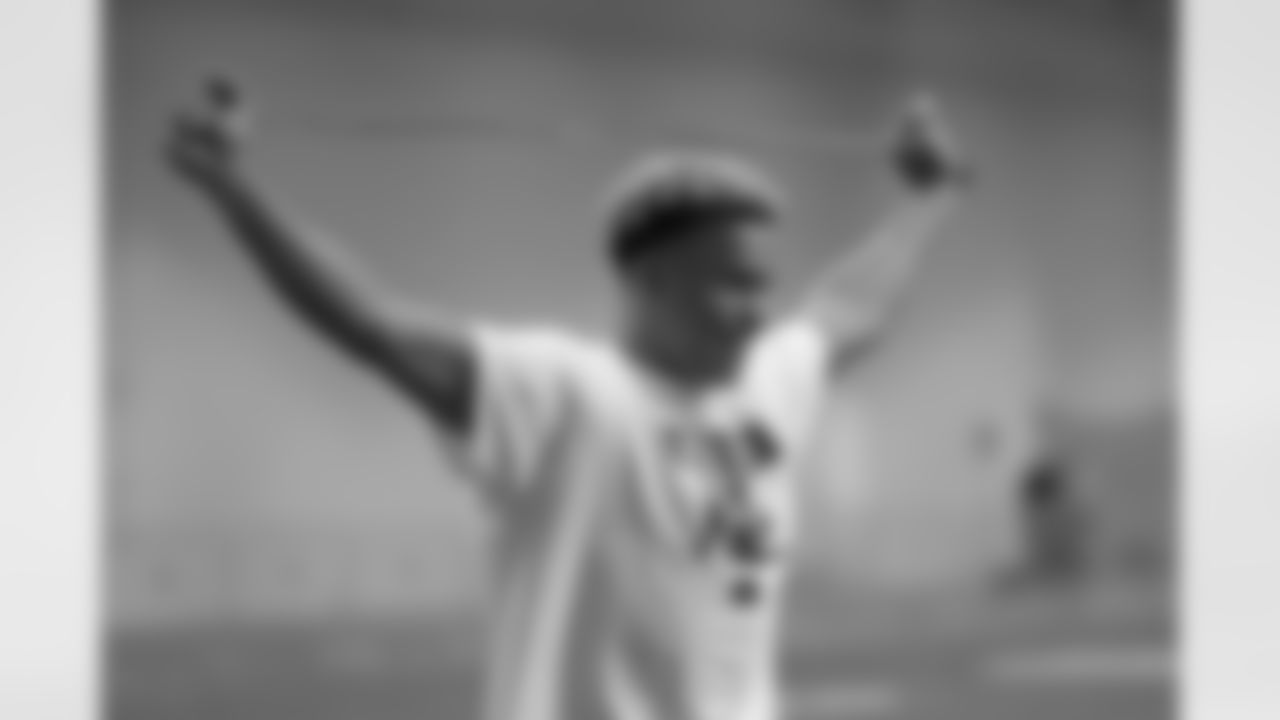
Joe Tryon, an edge linebacker, stretches before drills, Tuesday, March 30, 2021, during Washington's pro day football workout for NFL scouts in Seattle. (AP Photo/Ted S. Warren)
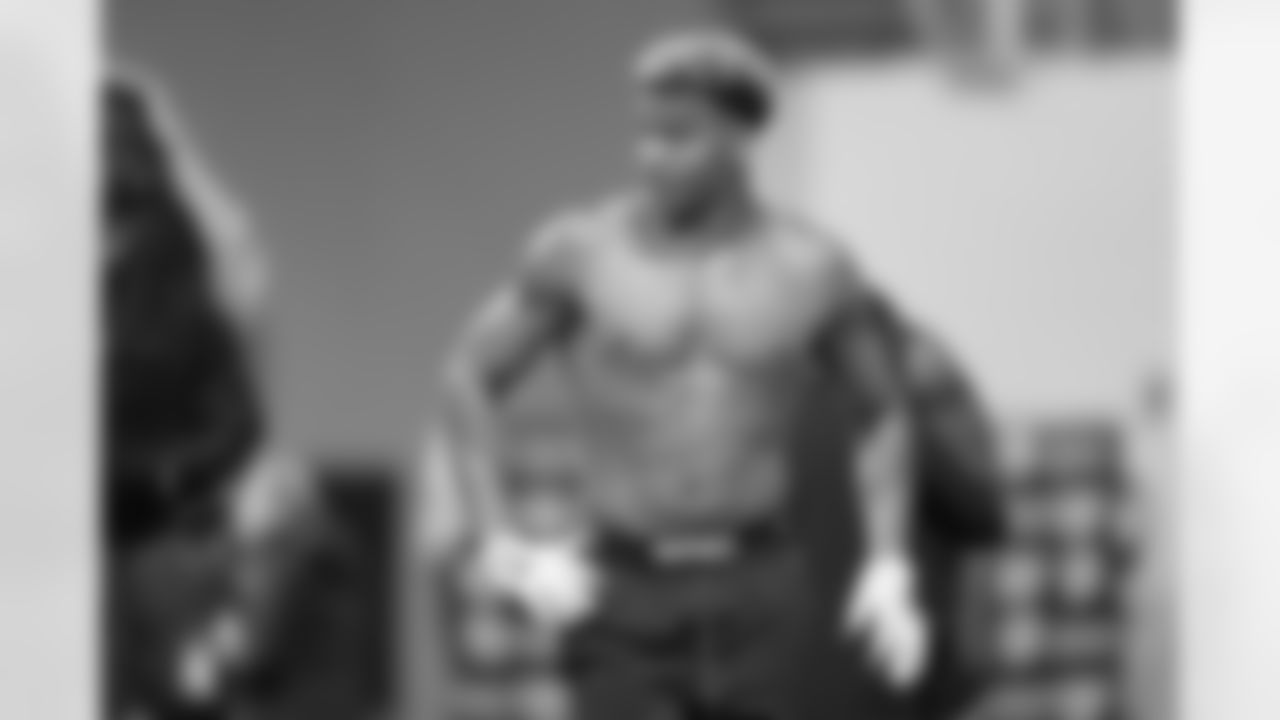
Joe Tryon, an edge linebacker, pauses between drills, Tuesday, March 30, 2021, during Washington's pro day football workout for NFL scouts in Seattle. (AP Photo/Ted S. Warren)
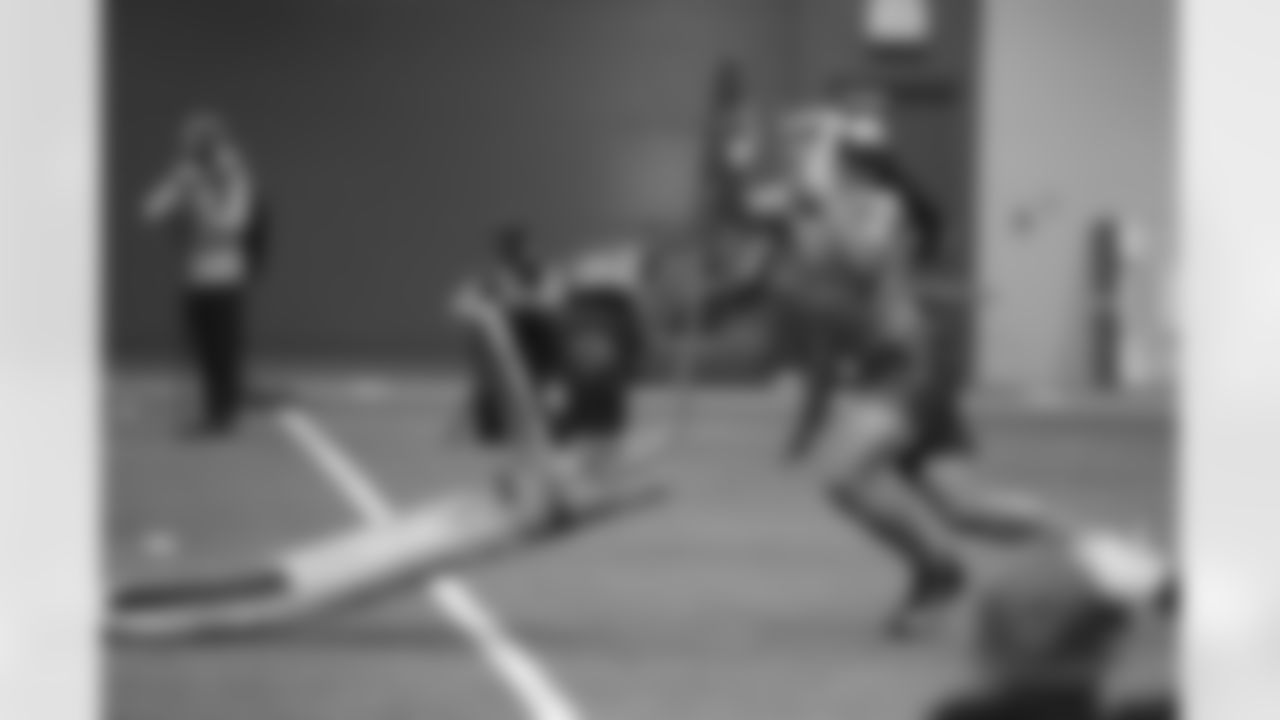
Joe Tryon, an edge linebacker, hits a blocking sled during a drill, Tuesday, March 30, 2021, during Washington's pro day football workout for NFL scouts in Seattle. (AP Photo/Ted S. Warren)
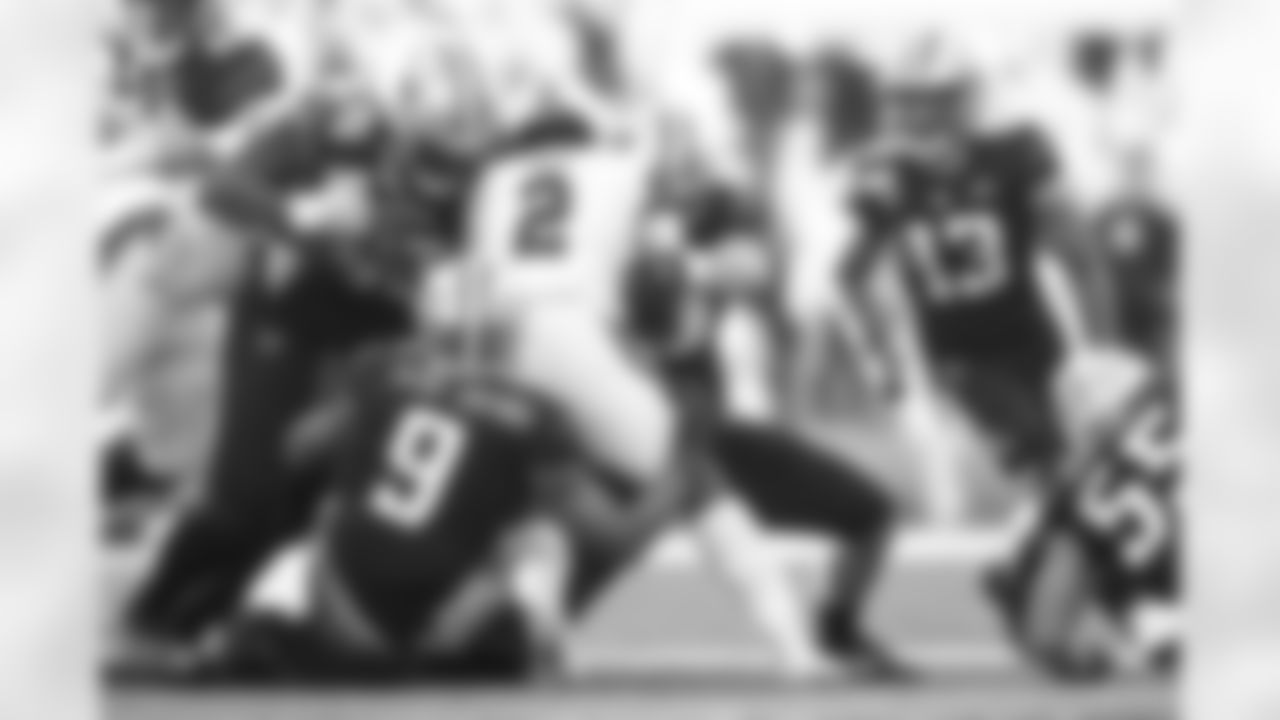
University of Washington Huskies vs. Utah football, Saturday November 2, 2019. (Photo by (Joe Nicholson/Red Box Pictures)
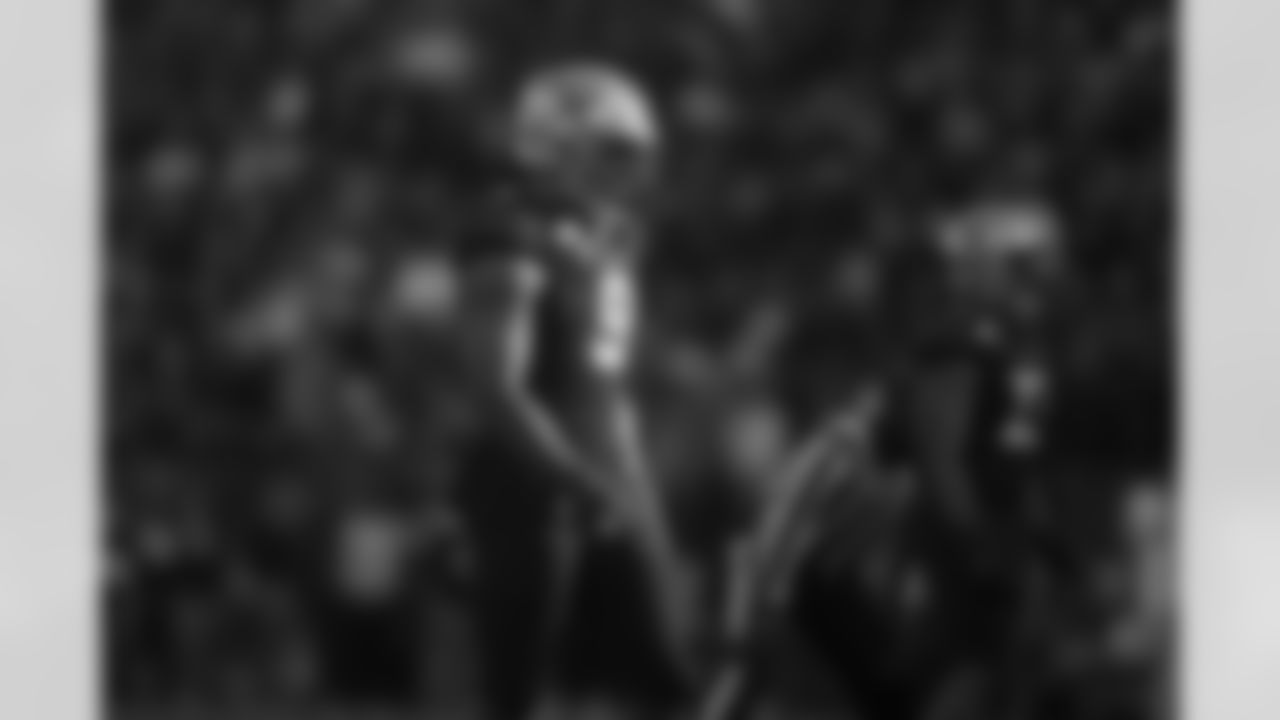
University of Washington Huskies vs. Utah football, Saturday November 2, 2019. (Photo by (Joe Nicholson/Red Box Pictures)
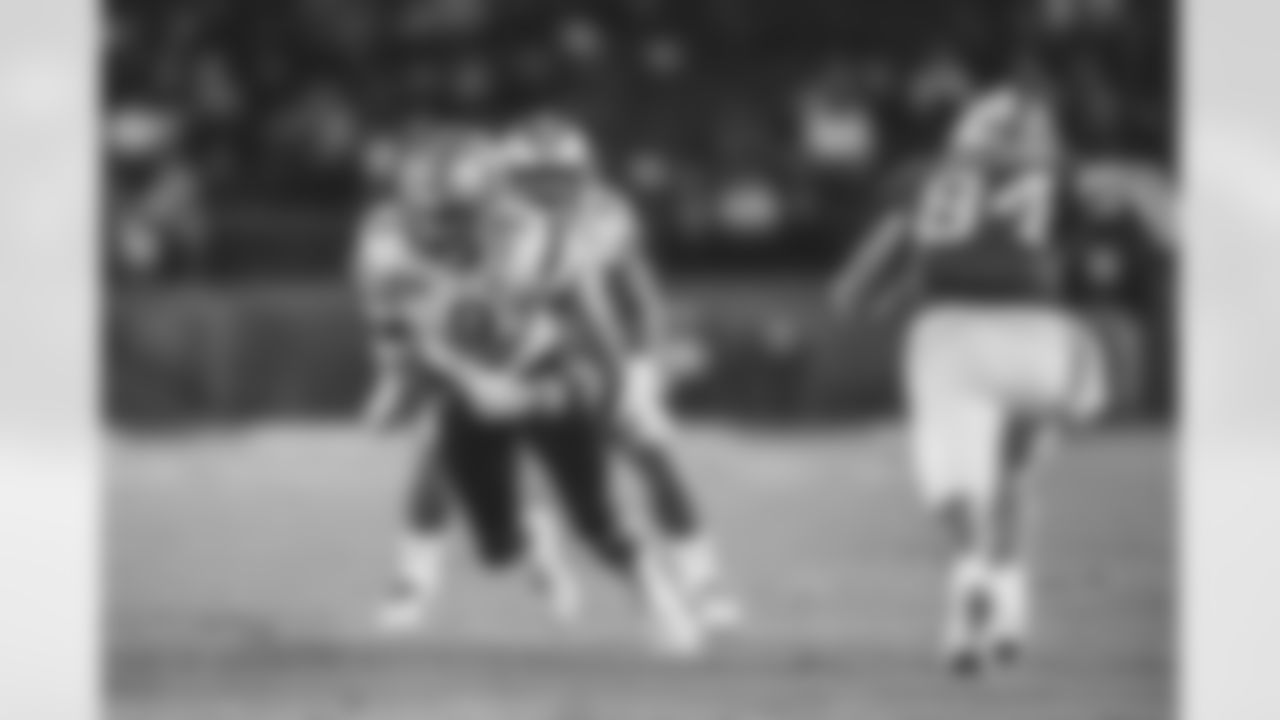
University of Washington Athletics Department
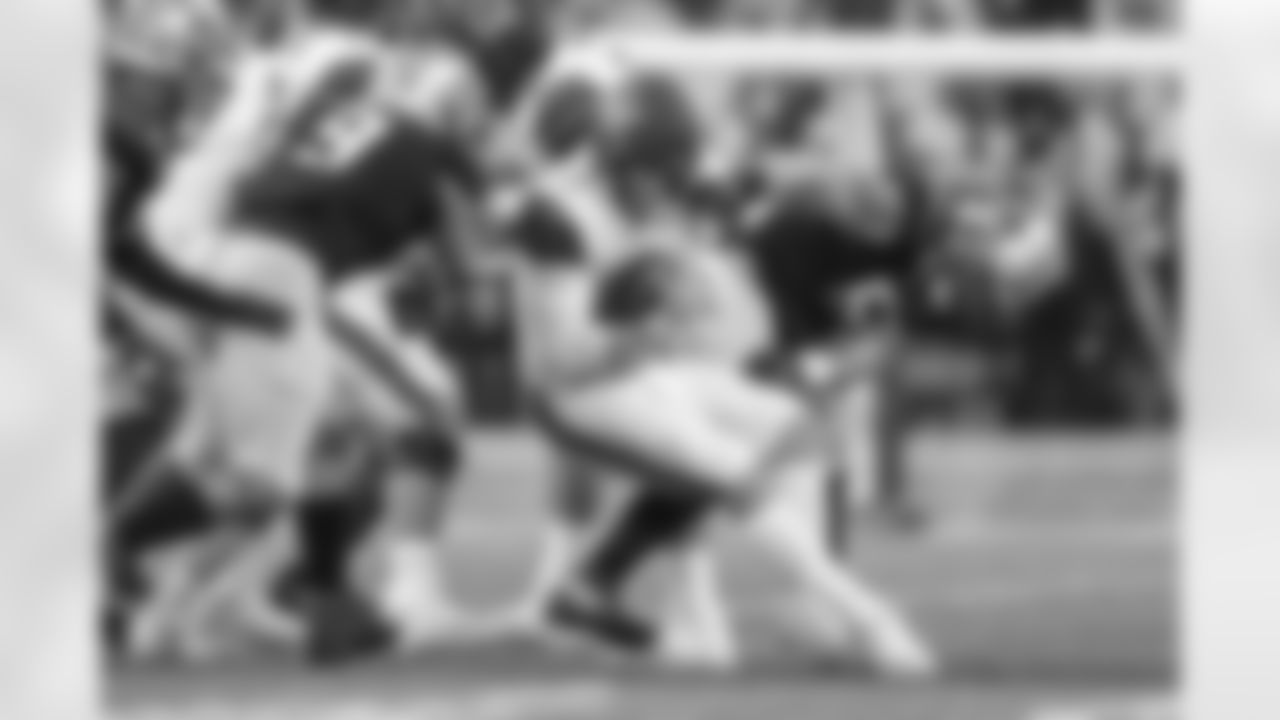
University of Washington Huskies vs. California football, Saturday September 7, 2019. (Photo by (Joe Nicholson/Red Box Pictures)
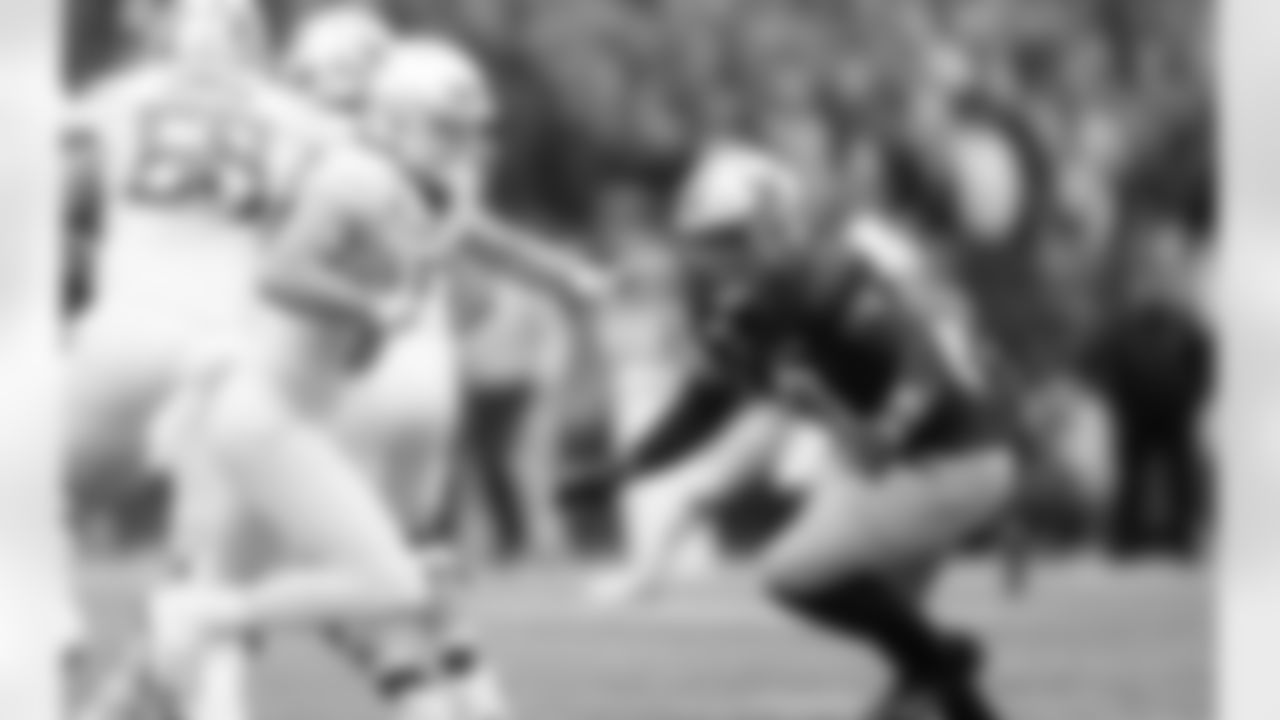
The University of Washington football team plays Oregon on October 19, 2019. (Photography by Scott Eklund /Red Box Pictures)
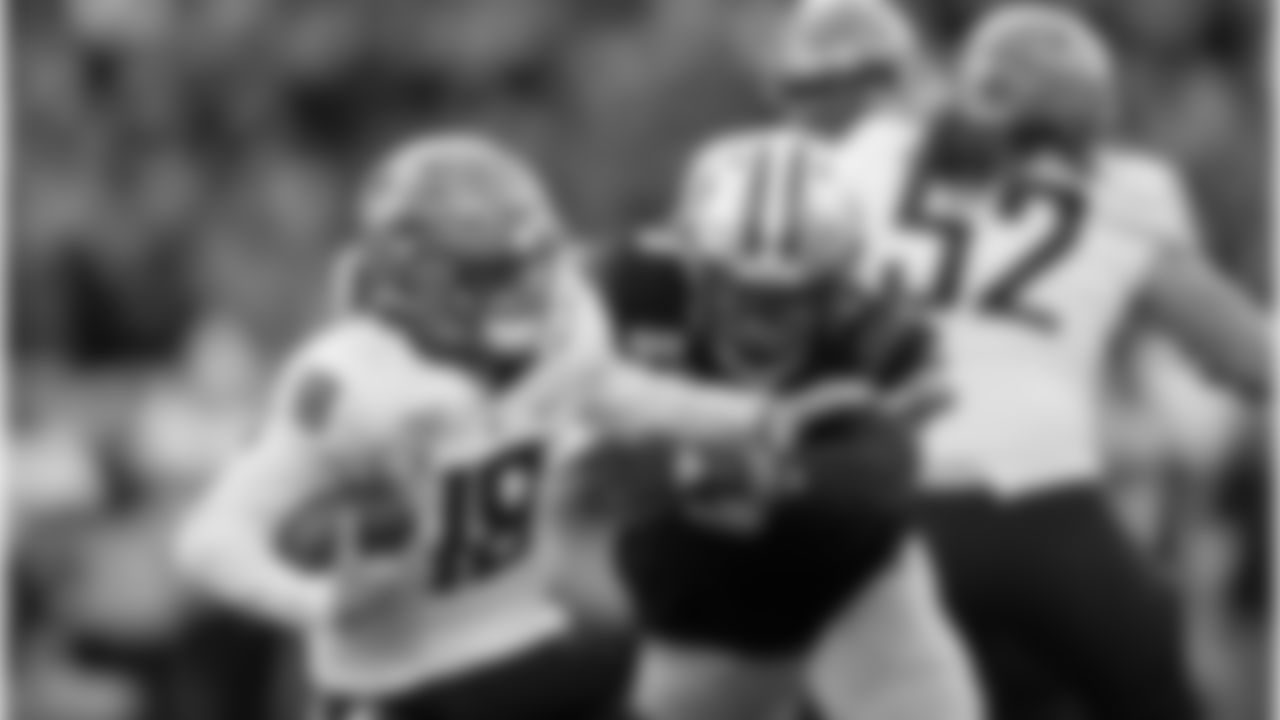
The University of Washington football team plays WSU in the Apple Cup on November 29, 2019. (Photography by Scott Eklund/Red Box Pictures)
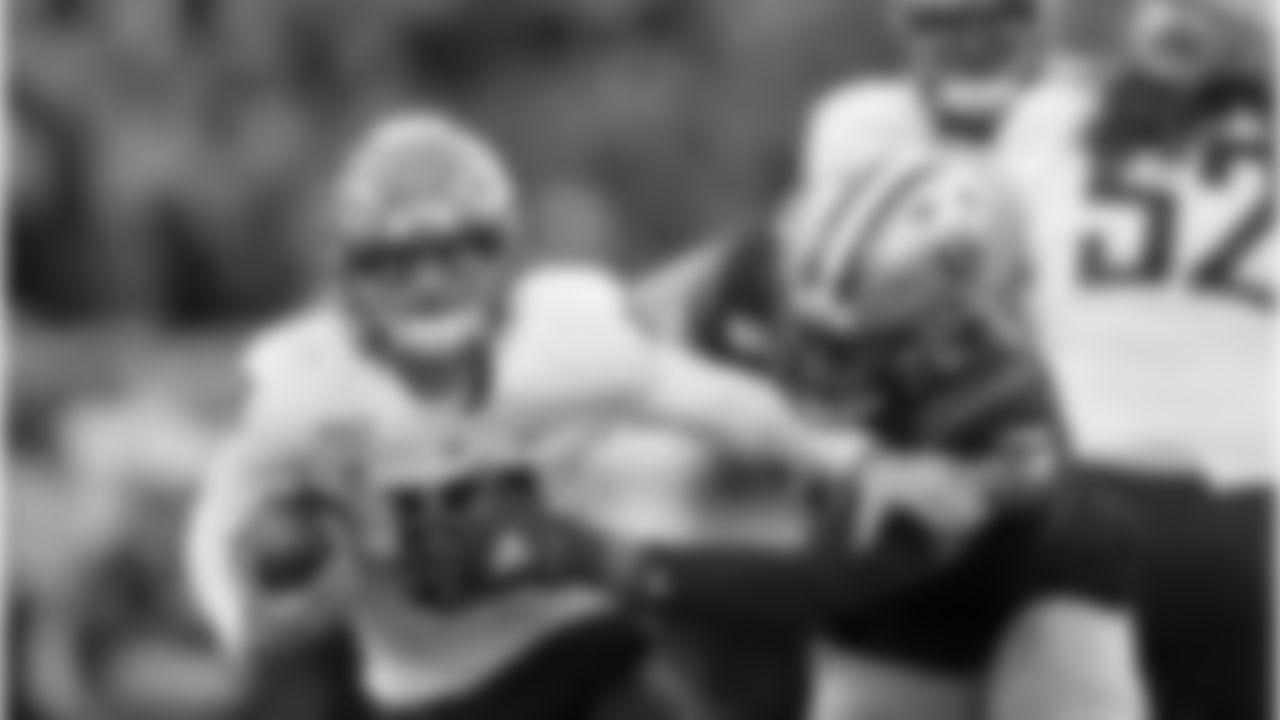
The University of Washington football team plays WSU in the Apple Cup on November 29, 2019. (Photography by Scott Eklund/Red Box Pictures)
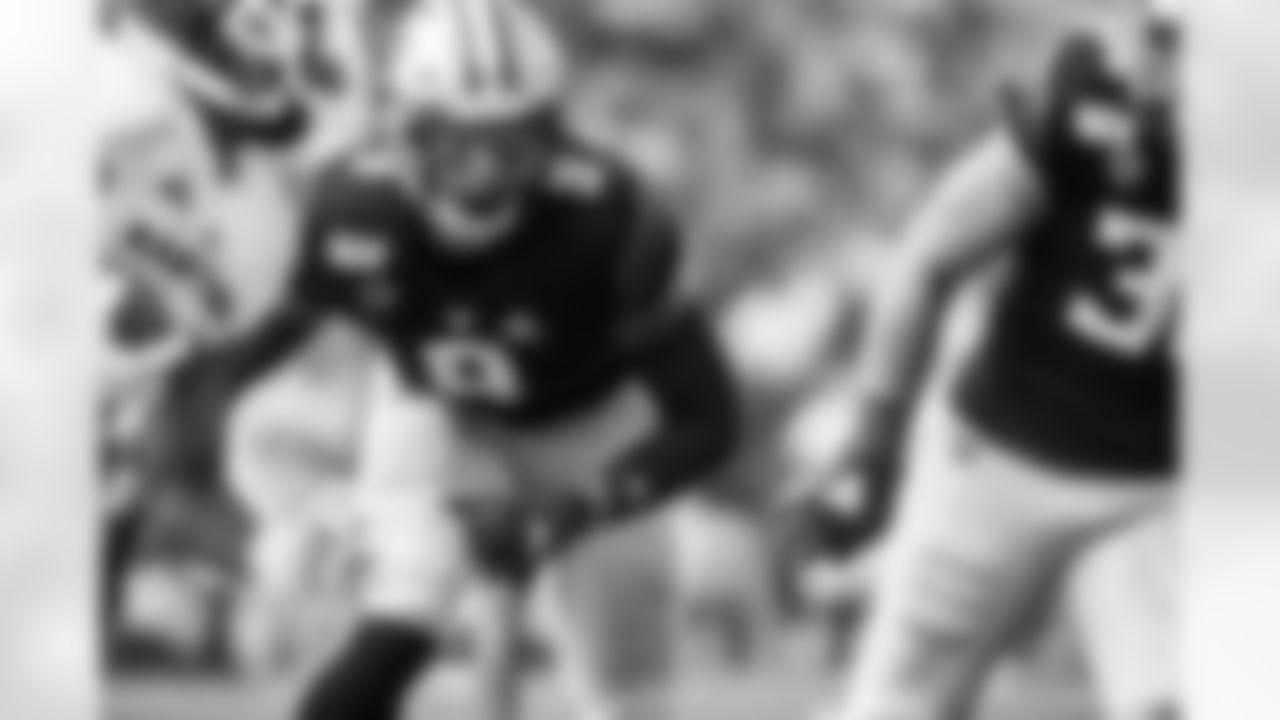
The University of Washington Huskies take on Eastern Washington University at Alaska Airlines Arena on Saturday, August 31, 2019.
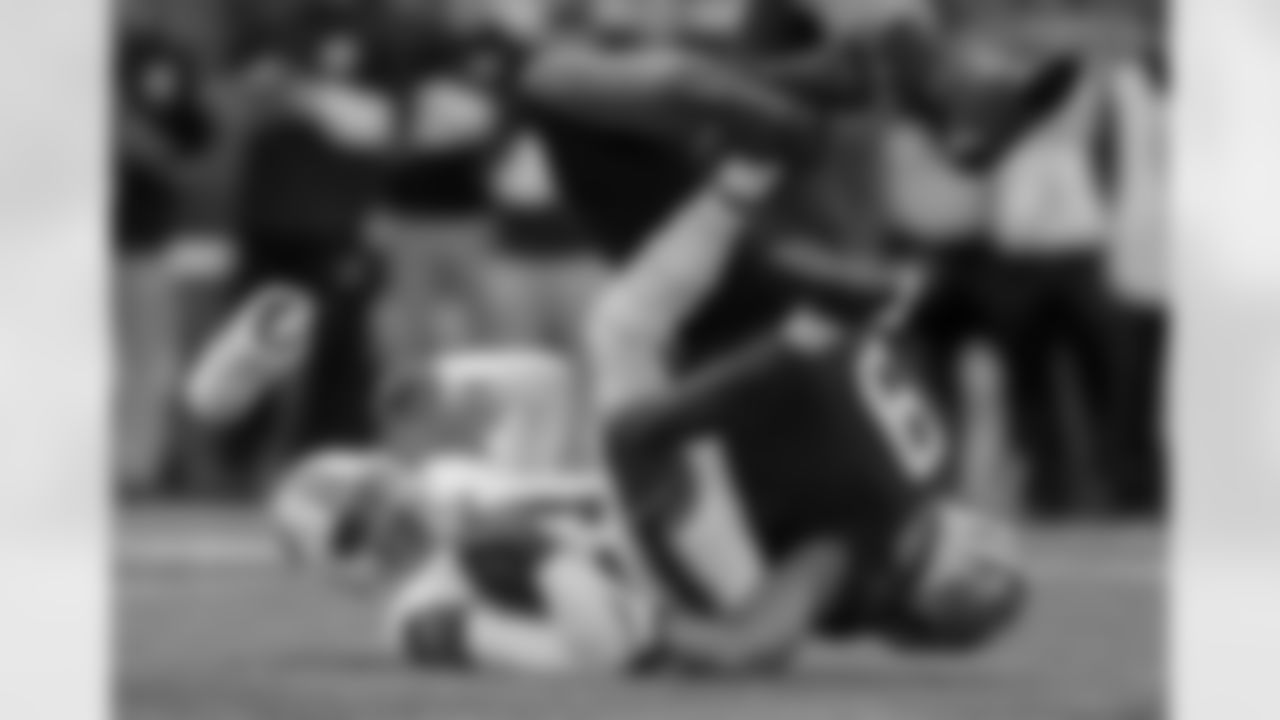
Washington Huskies linebacker Joe Tryon (9) sacks Utah Utes quarterback Tyler Huntley (1) during the first quarter at Husky Stadium.
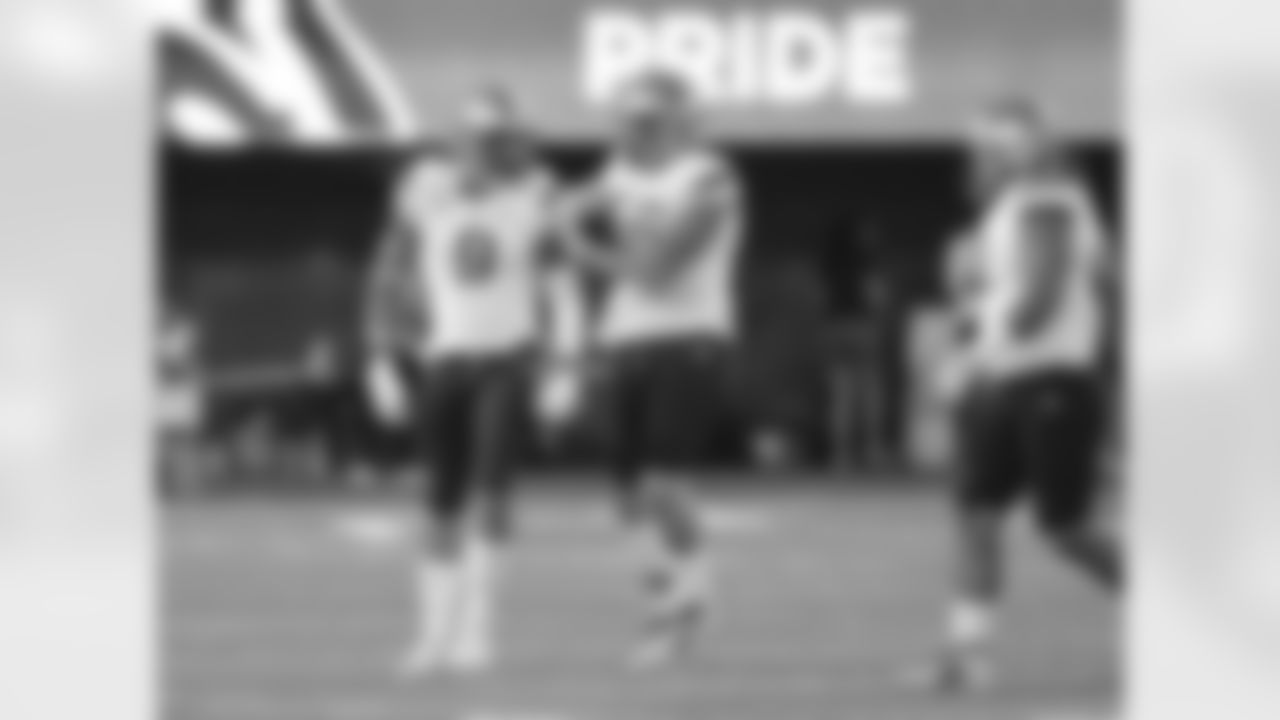
Washington Huskies linebacker Joe Tryon (9) and linebacker Laiatu Latu (56) celebrate during the first half against the Arizona Wildcats at Arizona Stadium.
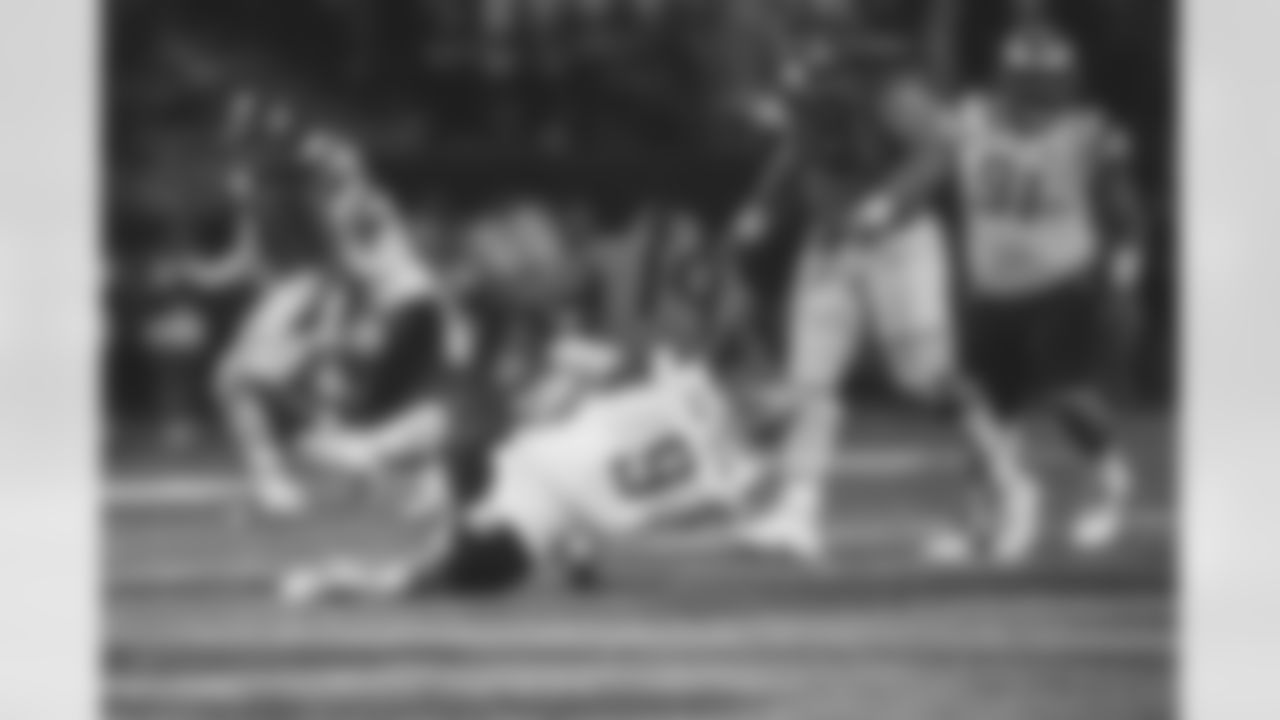
University of Washington Athletics Department
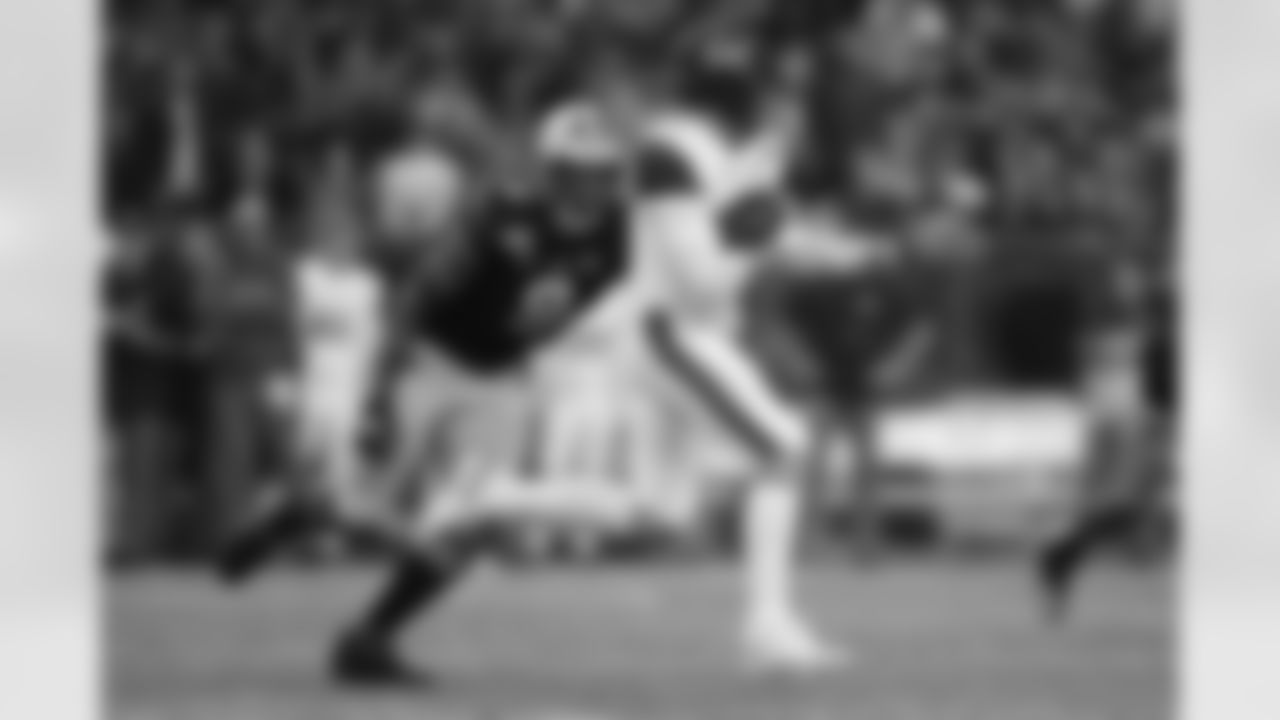
University of Washington Athletics Department
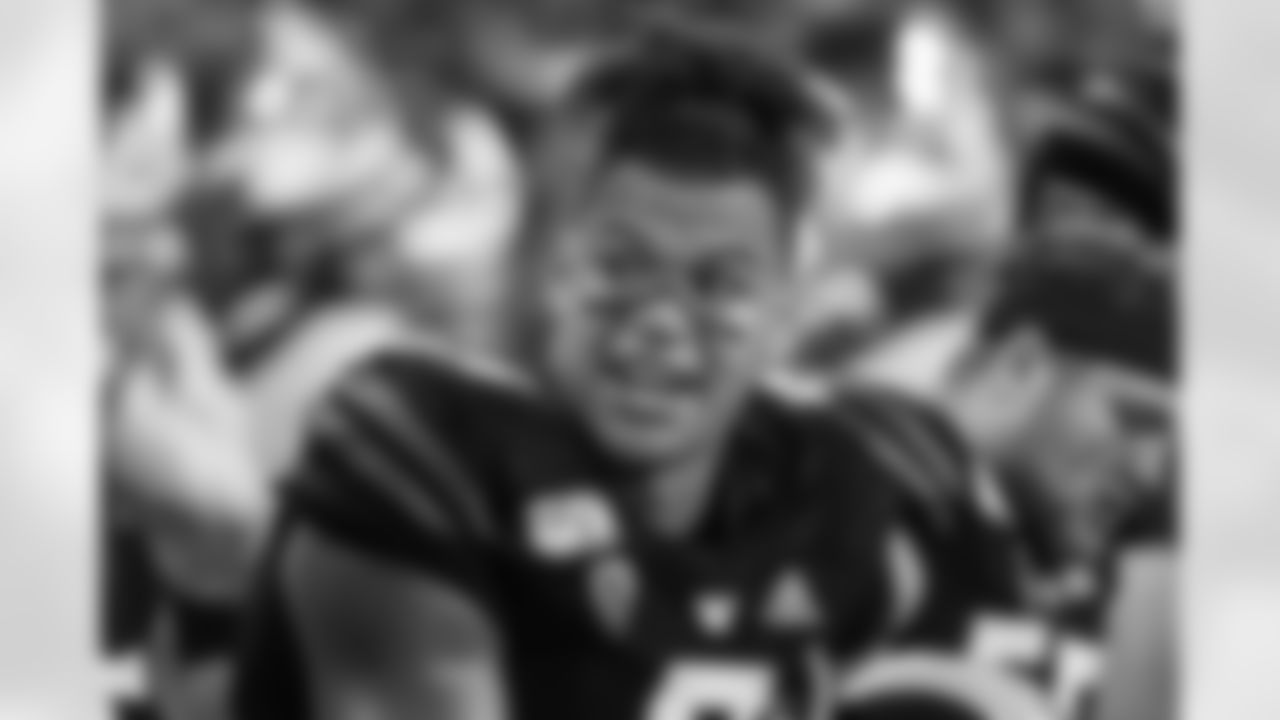
(Joe Nicholson/Red Box Pictures)
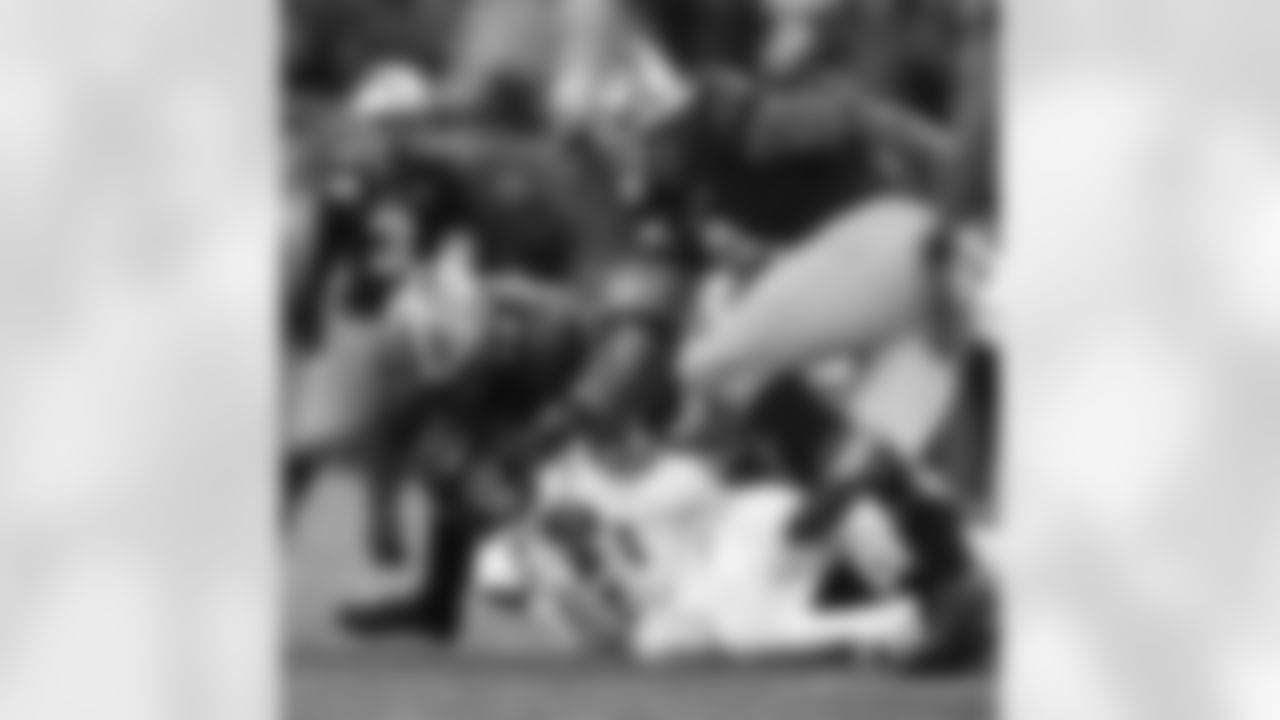
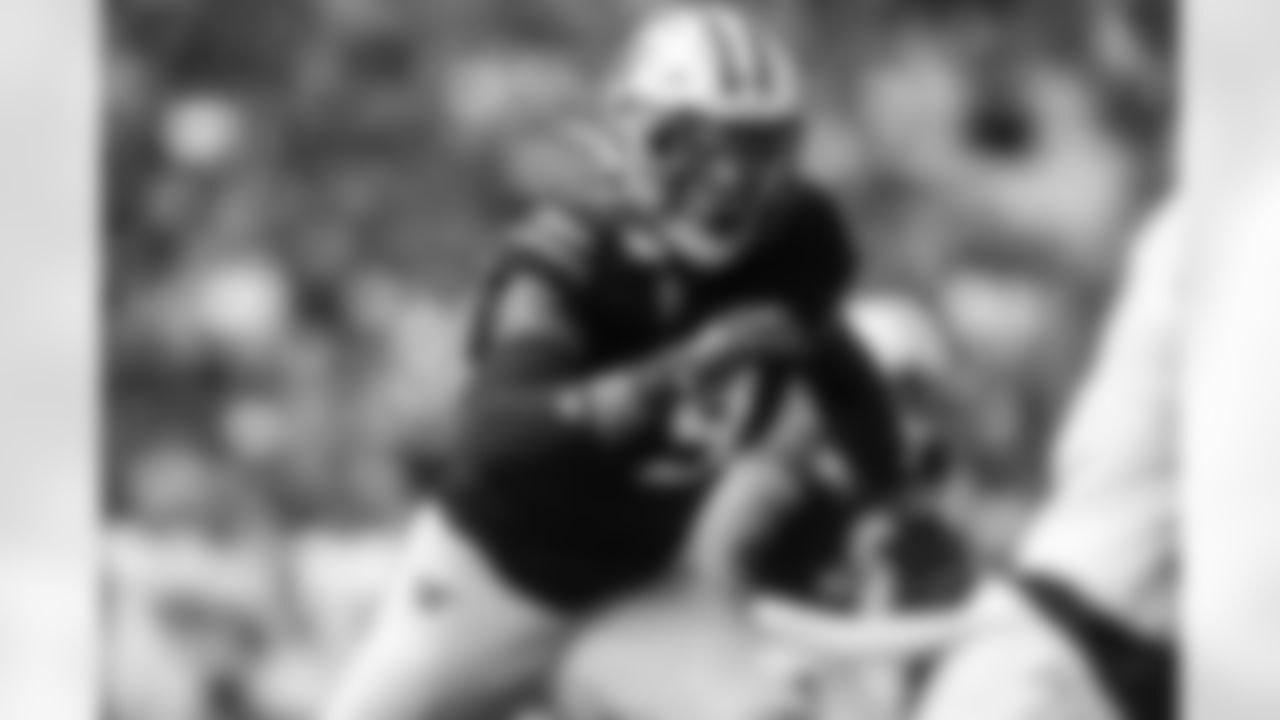
The University of Washington Huskies take on Eastern Washington University at Alaska Airlines Arena on Saturday, August 31, 2019.
Notre Dame: The Bucs made Hainsey their first Fighting Irish draft pick in a decade and a half last weekend. The most recent one before that was wide receiver Maurice Stovall in 2006. Stovall mainly became a special teamer. Guard Sean Mahan, a fifth-rounder in 2003, started for parts of three seasons and later came back in a trade for a brief cameo at the end of his career in 2009.
Running back Autry Denson was picked in the seventh round in 1999 but never saw the field. Second-round linebacker Demetrius DuBose never really cracked the starting lineup over four seasons after arriving in 1993 and guard Tim Ryan, a fifth-rounder in 1991, was similarly a backup for three years. The only other Notre Dame draft pick in franchise history was an 11th-round quarterback named Blair Kiel in 1984 who never threw a pass for the Bucs but did get on the field a bit as a holder.
North Texas: The Buccaneers actually have drafted a couple North Texas Mean Green players before, but it was so long ago that the school was then known as North Texas State. The second was an 11th-round tight end in 1983 named Mark Witte, who did make the team and stuck for three seasons as a good special teams player. The first was actually a third-round pick, a defensive end named Reggie Lewis who wasn't able to carve out much of a role on a very good defense. He was the 78th player taken overall and the school hasn't had a player drafted higher than that since.
So one low pick that produced surprising value and one fairly high pick that did not – call it a wash.
Auburn: We already noted the cornerback duo of Davis and Dean above, and the Buccaneers are definitely happy with those results. Both started in the Super Bowl win over Kansas City. Beyond that, there is surprisingly little Auburn in the Bucs' draft history.
In fact, the Buccaneers didn't draft a single Auburn player through the first 10 drafts and the first one they did pick refused to play for the team. That player was, of course, running back Bo Jackson, who turned to baseball instead, becoming an all-star for the Royals. He later did play in the NFL with the Raiders and was a star before getting hurt, but none of that counts for Tampa Bay. After that came Robert "Pig" Goff in the fourth round in 1988 and running back Cadillac Williams in the first round in 2005. Goff played two seasons in Tampa and started 18 games while Williams had swathes of brilliance interrupted by multiple injuries. Goff proved to be good value for a fourth-rounder and Williams was the 2005 Rookie of the Year, so the Bucs hit on those two picks, relatively speaking.
BYU: Yes, the Buccaneers snagged future Hall of Fame quarterback Steve Young in the USFL dispersal draft in 1984, but we're only talking about the college draft here so he doesn't count. Other than that, Wilcox was the first BYU player to be drafted by the Bucs since 1976. The first one was a linebacker named Sid Smith who was drafted in the 10th round and, you won't be surprised to learn, never played in the NFL.
Houston: It's also been a very long time since the Bucs tabbed a Cougar – at least of the University of Houston variety – in the draft. The first was guard Everett Little in that same 1976 draft, a fourth-round pick. He made the team that year and started one game, but that was the entirety of his NFL career. The second was running back Dave Barrett, another fourth-rounder and the same story: seven games played, no starts and no carries as a rookie and that was that.
So, it's kind of cool to finally get another BYU and another Houston player in the draft, but of the groups above it looks like the best track record belongs to Auburn.
Now on to your questions.
A reminder that you can send questions to me anytime you want on Twitter (@ScottSBucs) and they're easier to find if you include the hashtag #SSMailbagBucs. We are also now soliciting questions each week on our Instagram page; look for that story on Wednesdays. As always, if you want to get a longer question into the mailbag and would prefer to email your question, you can do so to tbbsocial@buccaneers.nfl.com.
Realistically, which of our rookies do you think will see immediate playing time?
- @real_stain23 (via Instagram)
It's pretty great that this is a legitimately difficult question. The Bucs went into the 2021 draft with few holes on the roster to fill and no glaring needs on the depth chart, and that made for a much less stressful weekend. Even last year, the Bucs had a pretty solid roster heading into the draft but rather obviously needed a new right tackle. That made it a little uncomfortable when three of the consensus top four tackles went before the Bucs were on the clock. (Worked out pretty well, though, huh?)
It's pretty rare to be in this situation. I mean, even the defending-champion Buccaneers had some clear needs in the 2003 offseason. They didn't have a first or second-round pick due to the Jon Gruden trade, but they sure could have used them. The defense needed another cornerback, for instance, after switching nickel back Dwight Smith to safety to replace the departed Dexter Jackson, and that problem was exacerbated early when Brian Kelly landed on injured reserve. The offensive line was pretty old, too, and would go through a lot of combinations that season. A young player like Wirfs would have helped a lot.
Anyway, to your question, the Buccaneers drafted seven players last weekend and none of them have a clear path towards starting in 2021. (Future seasons are a different story and this class may become much more important in 2022 or 2023). Just to remind everyone who those seven players are:
· OLB Joe Tryon, 1st round
· QB Kyle Trask, 2nd round
· T Robert Hainsey, 3rd round
· WR Jaelon Darden, 4th round
· ILB K.J. Britt, 5th round
· CB Chris Wilcox, 7th round
· ILB Grant Stuard, 7th round
Let's start by eliminating some of the players on that list who are almost certainly not going to be the answer to this question. Also, I'm going to get the injury caveat out of the way here and then not mention it again – the situation for any of these guys could change quickly if a starter suffers a significant injury during the season.
I'd eliminate Trask first. You only play one quarterback at the time (there's some deep football analysis for you) and that one player is going to be Tom Brady. I would guess the second QB active on game days would be a veteran, Ryan Griffin or possibly Blaine Gabbert if he re-signs with the team. This is not surprising or in any way insulting to Trask; the plan was obviously to develop him over time and see if he could eventually be Brady's successor.
I also don't see an immediate impact for Hainsey with the Buccaneers returning all five of their starters plus their top tackle backup (Josh Wells) and their impressive playoff fill-in starter (Aaron Stinnie). Now that teams are routinely keeping eight offensive linemen active on game days, since you can have 48 active players if you do that but only 47 if you don't, Hainsey could have a shot at being active alongside those other seven. To get into the lineup, however, he would have to leapfrog either Wells on the outside or Stinnie on the inside even if there is an injury.
Darden, Britt, Wilcox and Stuard all have real shots to be active on game day in order to help on special teams. In fact, a couple of those guys were drafted largely because they can excel in that phase of the game while providing depth where it was needed. Darden could win the punt return job; more on that below. Britt and Stuard would join Kevin Minter as the reserves behind Lavonte David and Devin White but Minter would likely be the first man up on defense. If the Bucs needed someone to fill in for one of their top three corners (Carlton Davis, Jamel Dean and Sean Murphy-Bunting) it would likely be veteran Ross Cockrell before Wilcox.
All of which leads us back to the most obvious and (in terms of its "hot take-ness") boring answer: first-round pick Joe Tryon.
Unlike the other three defenders the Bucs drafted on Day Three, Tryon joins a position where there is frequent rotation during games. Even with veterans Shaquil Barrett and Jason Pierre-Paul starting and Anthony Nelson on hand to soak up some stats, there should be some room for Tryon to get on the field. How much probably depends on how he ends up looking in comparison to Nelson during the preseason and training camp. I think the Buccaneers would actually like to see slightly lower snap counts for the veteran starters, particularly Pierre-Paul, so the better Tryon plays the more time he should get.
That's not a given, though. Bruce Arians said Tryon would play a big role on special teams right away, thanks to his size and speed combination, but that otherwise would have to carve out a role. So he'll have to prove he deserves it, but it seems clear that Tryon has best shot at early playing time. The only real dark horse candidate would be Darden. I'm not sure there are many targets to be had on that loaded offense, but since he offers a somewhat different skillset from what the Bucs already have, the coaches may find some specific work for him. And he does win the punt return job, that counts as consistent playing time, if only a few snaps a game.
Which draft pick are you most excited to see develop?
- @fbg_rokko (via Instagram)
…and…
I'm excited to see Jaelon Darden's speed.. could he be competing for our kick returner position?
- @8819peter (via Instagram)
I bundled these two questions together because Peter's first words are the beginning of my answer to Rokko's question. I'm excited to see what impact Tryon can make right away, and it's hard not to be intrigued by a pick that is possibly the team's quarterback of the future, but for some reason the 2021 draftee I most want to see on the field is Darden.
And really, it's not just about his speed. He's fast, of course, running a 4.46 40-yard dash at his Pro Day, but that's not groundbreaking speed. Chris Godwin ran a 4.42 at the NFL Scouting Combine in 2017. Scotty Miller ran a 4.36 at his Pro Day. Darden adds speed to the Bucs' receiving corps but it wasn't an element that was lacking.
The new element that Darden can potentially add is elusiveness, another level of run-after-the-catch ability. He's fast but he's also quick and moves so well laterally. Director of Player Personnel John Spytek told me on that Friday night of the draft that Darden can catch a pass on the sideline with three defenders around him and somehow find a way to get away from them.
Darden definitely plays fast. He can accelerate up to full speed very quickly and stop and start on a dime. No, he's not very big, listed at 5-8 and 174 pounds, but that doesn't seem to be turning NFL teams away anymore. Look at some of the other receivers in this year's draft: Jaylen Waddle went sixth overall to Miami and he's 5-9 and 170 pounds; Elijah Moore, picked 34th by the Jets, is 5-9, 178; Rondale Moore, now a Cardinal after going 49th overall, is 5-7, 181. Heck, Tutu Atwell, picked by the Rams near the end of Round Two, is 5-9 and 155 pounds, or perhaps even smaller depending upon who you ask.
I have a confession to make. I was secretly hoping the Bucs would come away with Purdue's Rondale Moore. He's so dynamic with the ball in his hands and I thought he could possibly return punts in the NFL, too. So I was thrilled when the Bucs got a player with a similar profile in the fourth round. And Tampa Bay's brain trust clearly didn't think Darden would last much longer because they gave up a sixth-round pick to move up eight spots before taking him.
Darden might not get his shot as a pass-catcher right away. The Buccaneers obviously have a lot of mouths to feed on offense and that crew was humming right along well before the young wideout from North Texas joined the ranks. It might take a while for Darden to steal some targets on offense, or even get on the field much but I think the Bucs are eventually going to find out what he can do and I'm looking forward to it.
In addition, I'm hoping he can win the punt return job as a rookie (which in turn keeps him active on game days and at least makes it possible he'll get in on offense). His numbers from North Texas in that department are good but the Bucs look at his good hands and his shiftiness and think he could be even better at the professional level. Returning punts is more difficult at the collegiate level because the rules allow all the players on the punt team to immediately run downfield at the snap. That's why colleges use those rugby style punts with the punter waiting as long as possible to kick on order to give his guys time to run down the field. In the NFL, only the gunners are allowed to start downfield before the ball is kicked.
Should we expect any more additions to the roster ahead of training camp? Have we filled all our needs at this point?
- @thunder_buc89 (via Instagram)
Well, let's see where we are. After adding seven players in the draft, the Buccaneers now have 73 players on their 2021 roster. In addition, wide receiver Antonio Brown is reportedly returning on a new deal and Bruce Arians recently said, "I really hope that we can get [quarterback] Blaine Gabbert done soon."
So the Bucs are somewhere in the low to mid-70s on their roster and can take up to 90 into training camp. In most years past, the team has immediately added enough undrafted free agents to get its roster close to the limit (whether that was 80 or 90 at the time). That made sense because rookie mini-camp came the weekend after the draft and then there were a lot of OTAs and a mandatory mini-camp to get the players on the field. This year, there is still plenty of uncertainty as to what amount of field work there is going to be before training camp, so it's not particularly urgent to fill the roster to the top.
Also, this year's draft class was considered one of the shallowest in memory, which means there are far fewer coveted undrafted players to go around. The Buccaneers aren't the only team that has so far refrained from jumping right into the undrafted pool. Here's how Jason Licht put it at the end of the draft:
"Ideally we'd like to get the 85-90 players for camp. It's a little different this year. There are not as many players it seems to go off of and there are still 32 teams fighting for them. The full roster, the 90 players, may not be set here for a couple weeks. We will see. We will go back and look at some guys that are on the street [and] we'll probably have some workouts coming up. We are in no rush to do it. We are in no rush tonight to get to 90."
What you might see, rather than the usual haul of 12-15 undrafted free agents, is the gradual additions of some mix of rookies and veterans who are not currently on a roster. In fact, the Bucs signed a couple in the latter category on Wednesday, picking up former Green Bay safety Raven Greene and former Denver inside linebacker Joseph Jones.
And the Buccaneers might not even go all the way up to 90. I just looked at a roster a few days into last year's training camp and it only had 82 players. That was the result of COVID-19 adjustments, of course, but some of that could be duplicated this summer. Even so, there will definitely be some more additions in the coming weeks and months. For instance, the Bucs took 14 offensive linemen to camp last year and right now they only have 12 on the roster. They are at six in the cornerback room at the moment and they took eight to camp in 2020. Even with the addition of Green the Bucs only have five safeties at the moment, as compared to seven at the start of camp last year. And so on.
So, yes, there are going to be some more additions but I wouldn't expect them to be high-profile names like last year's late additions of LeSean McCoy and Leonard Fournette. The Bucs really don't have any glaring needs at this point, especially after getting help for the edge rush rotation and depth at inside linebacker in the draft.





































